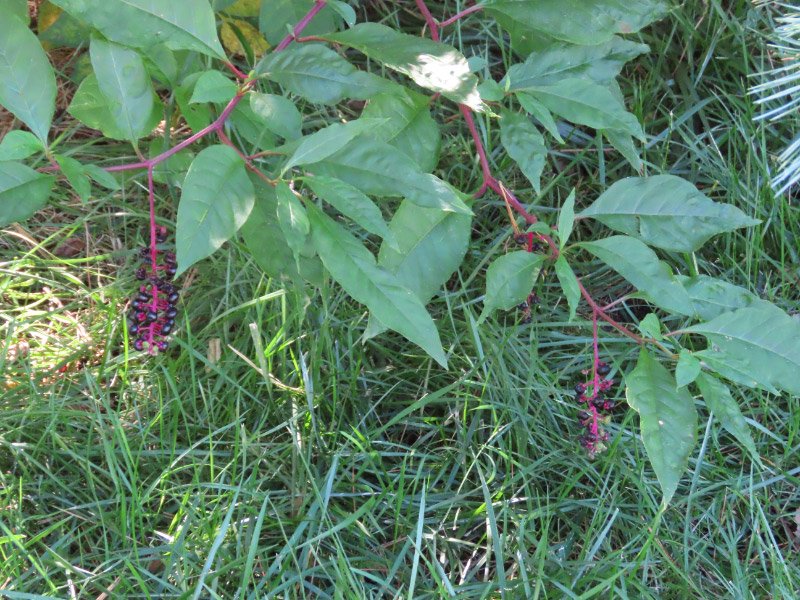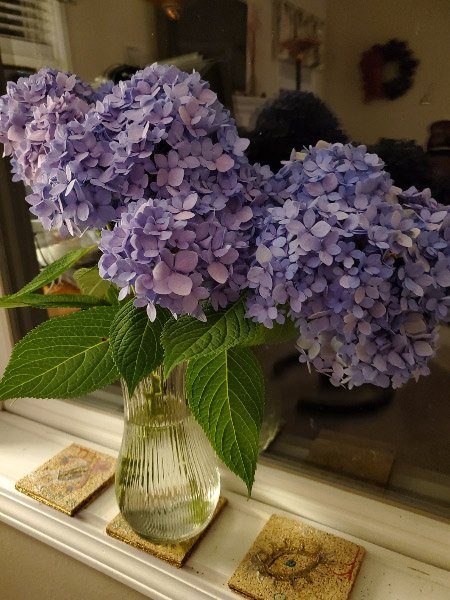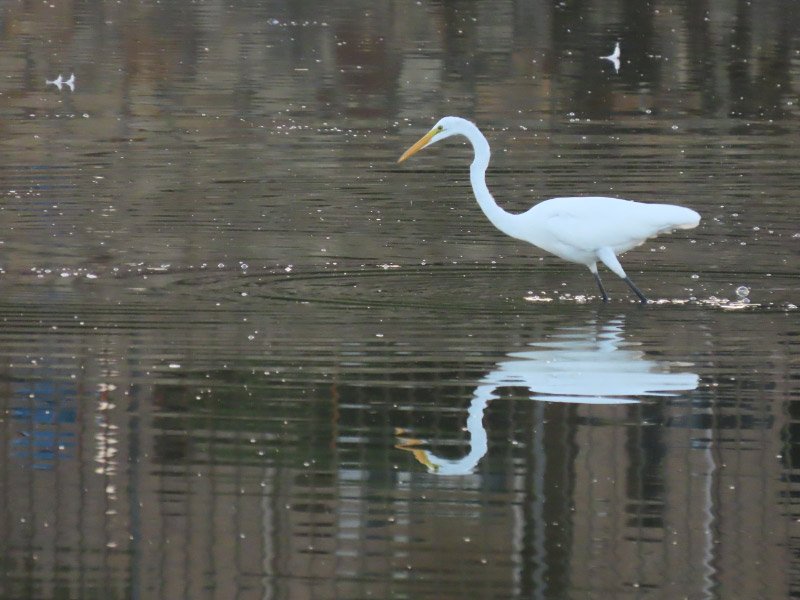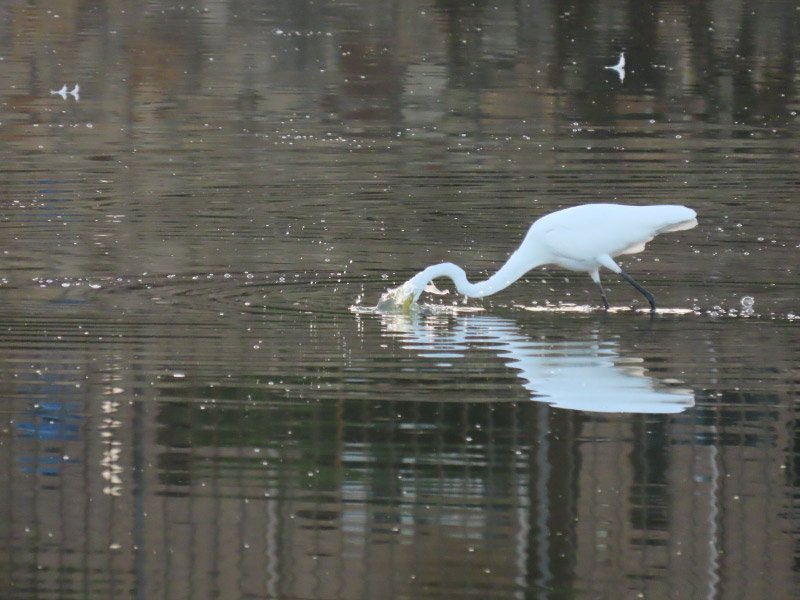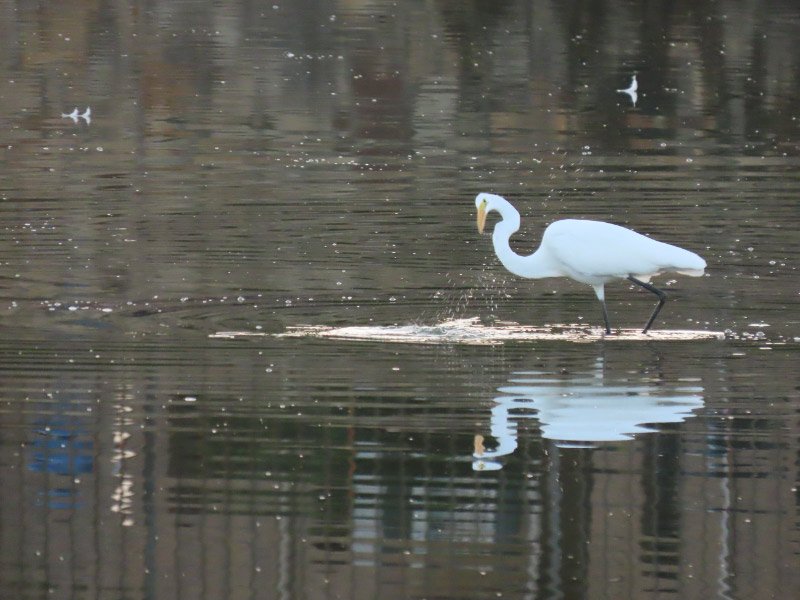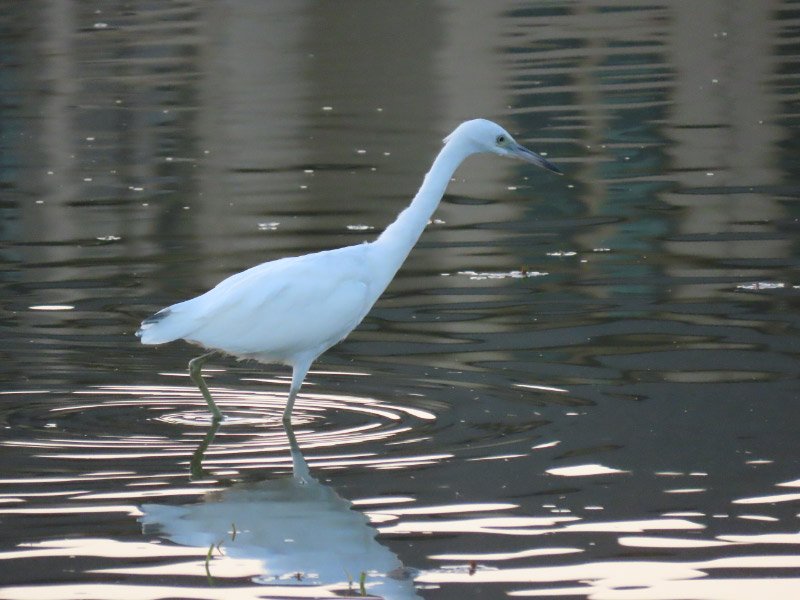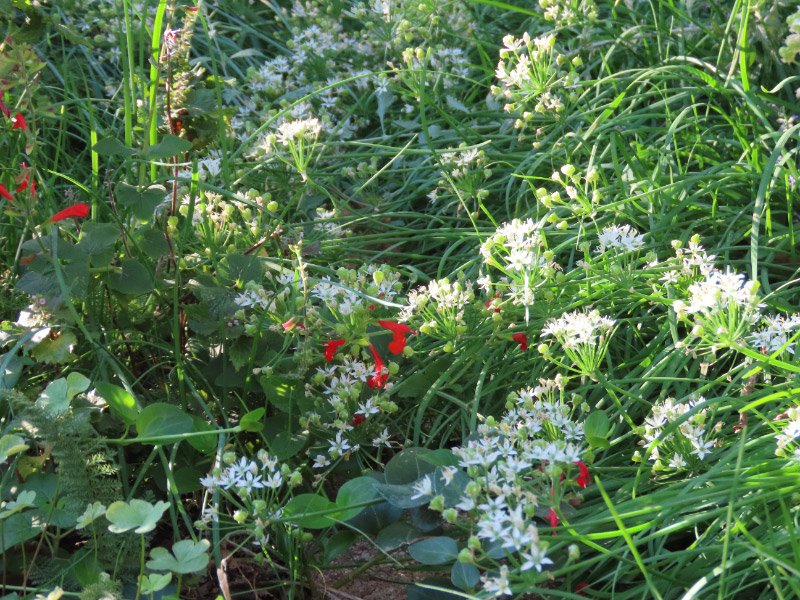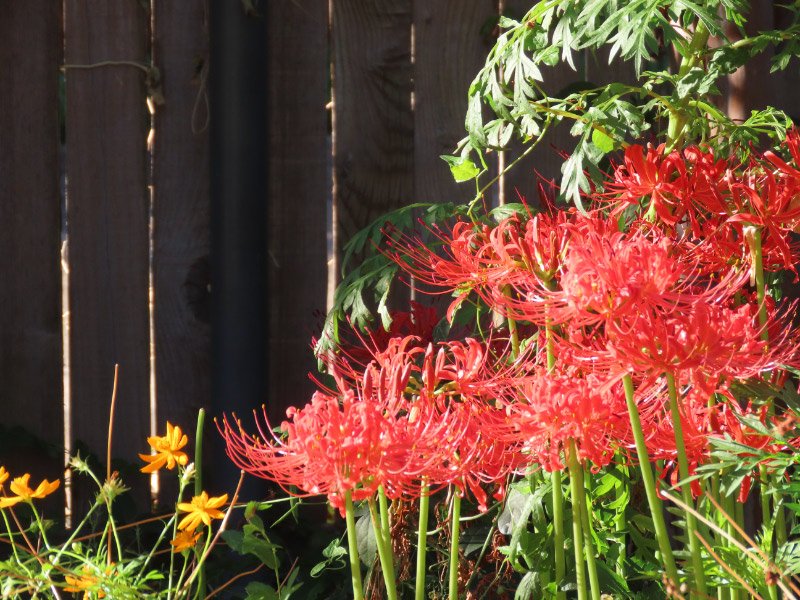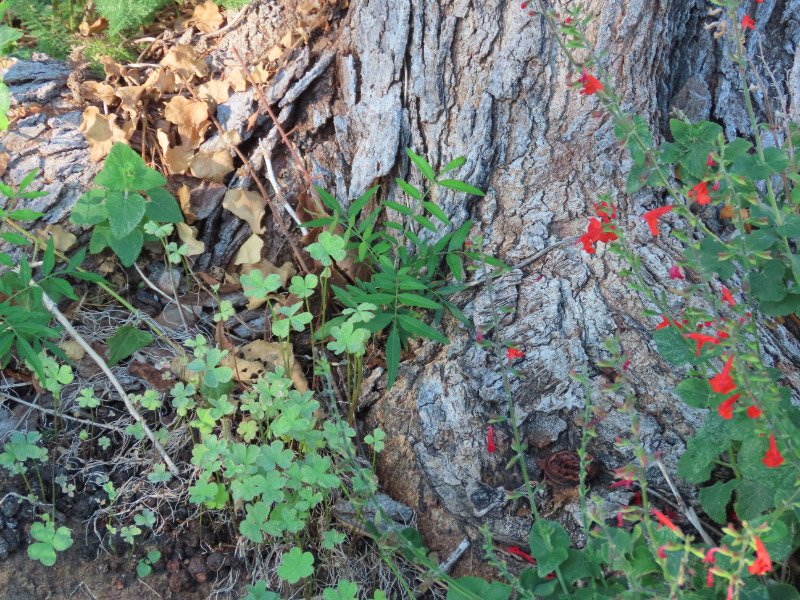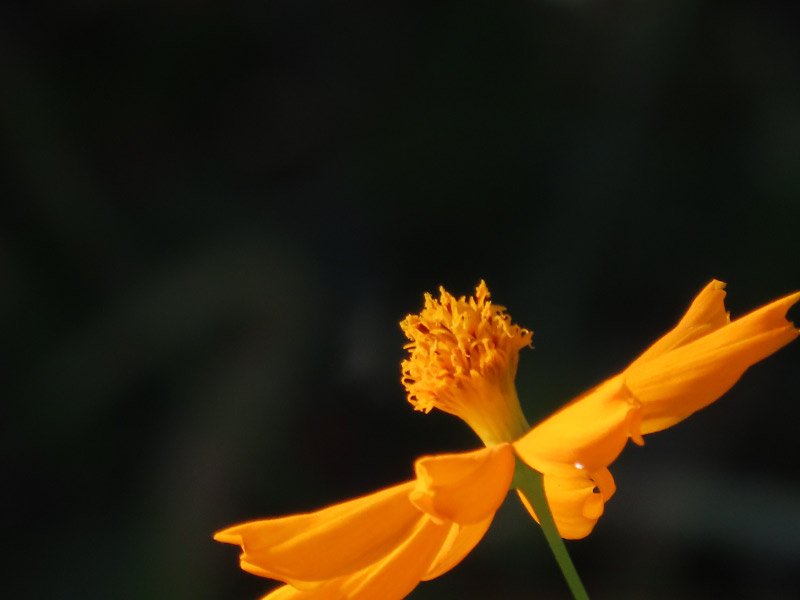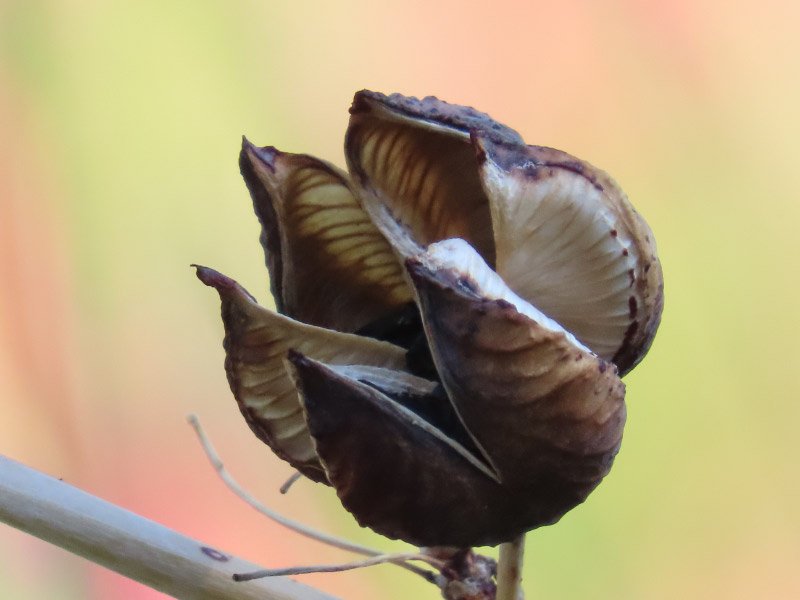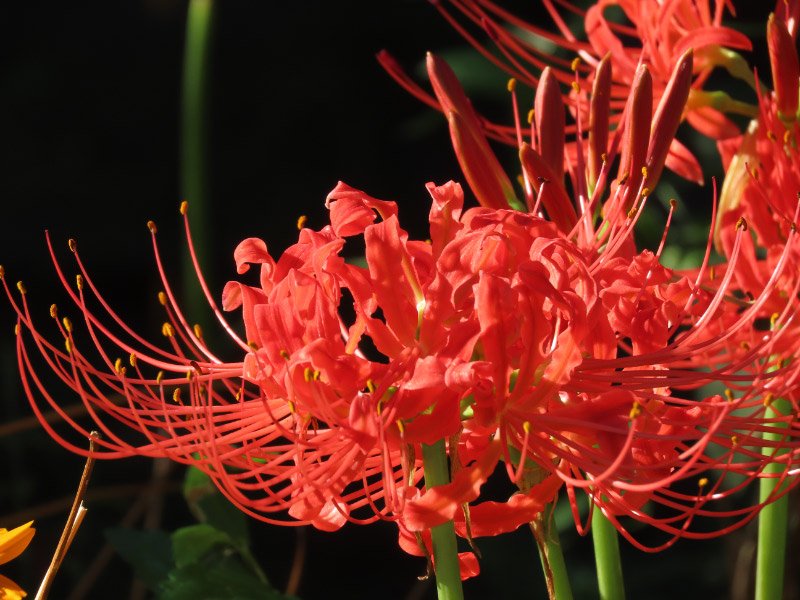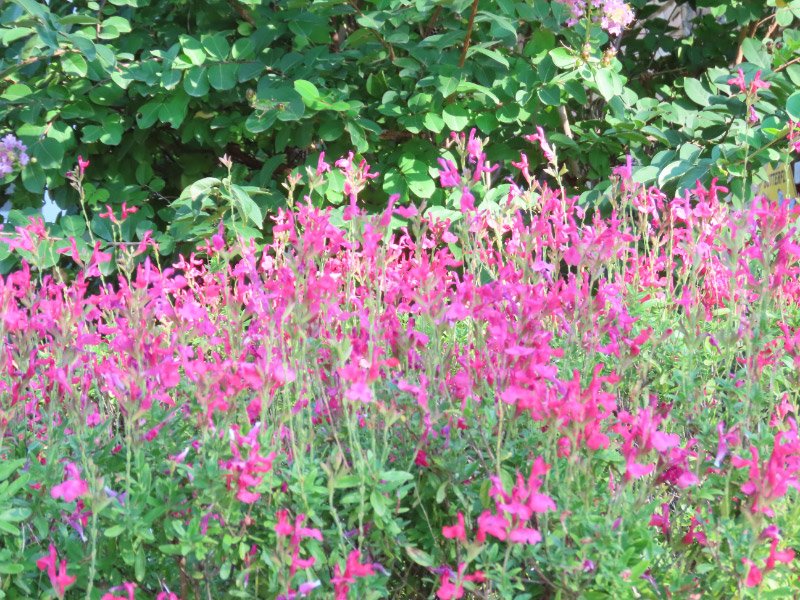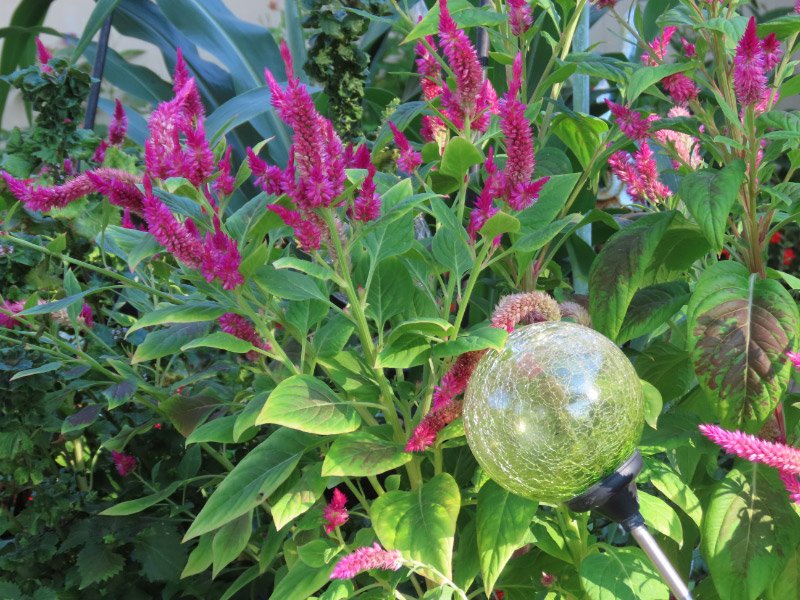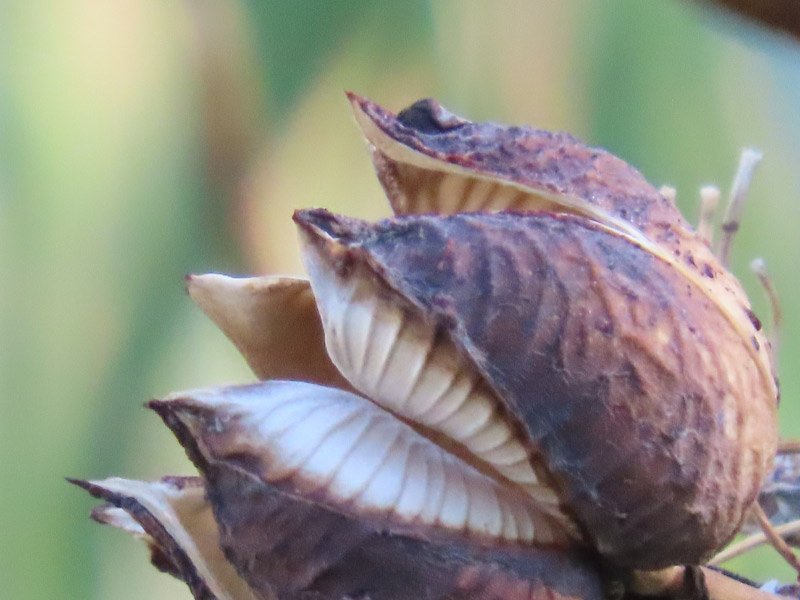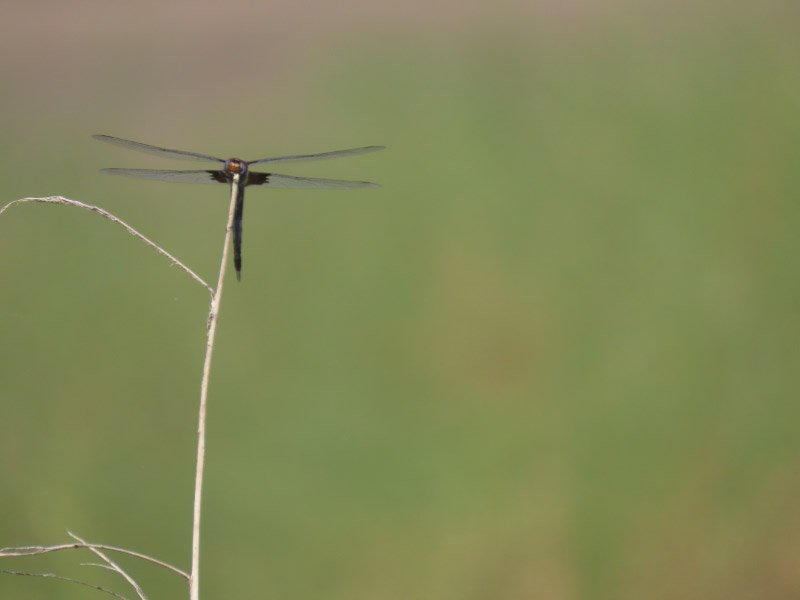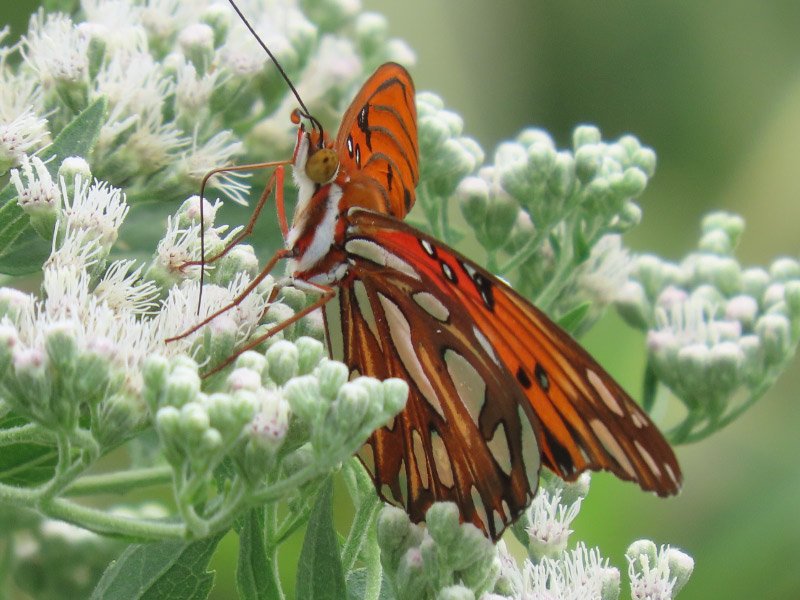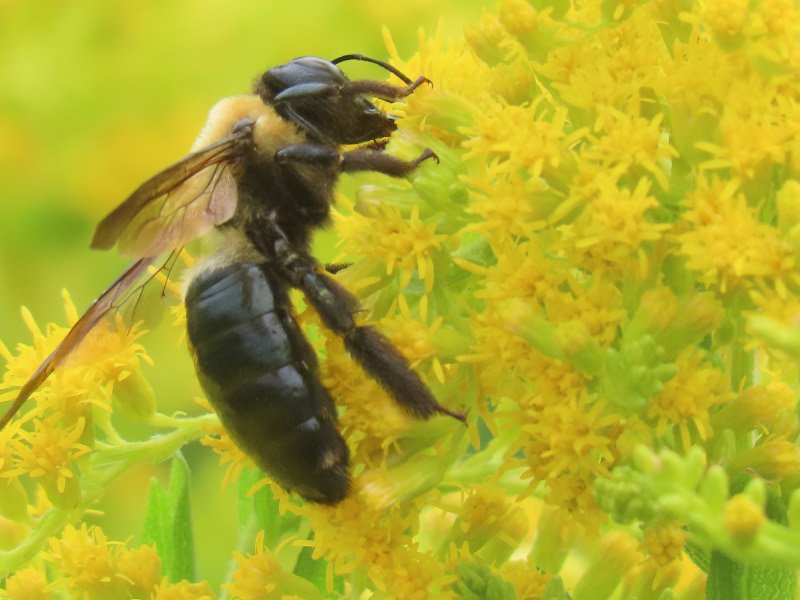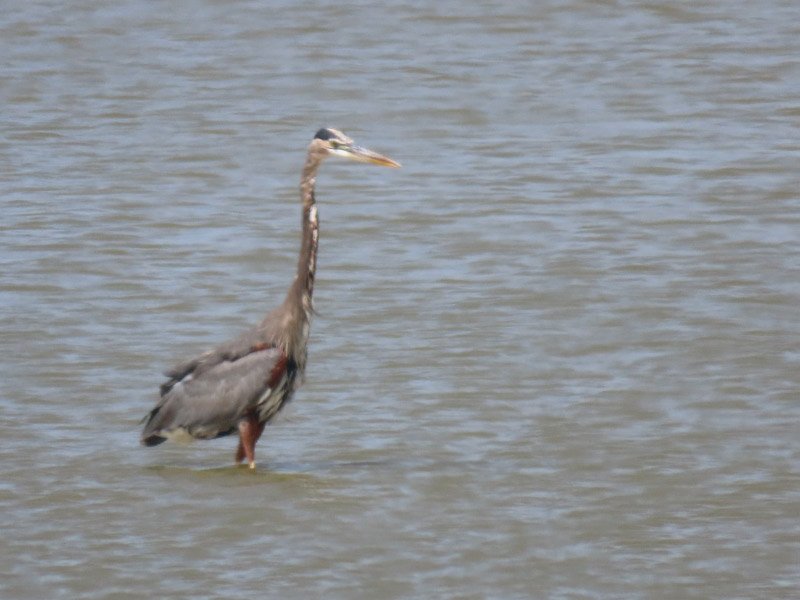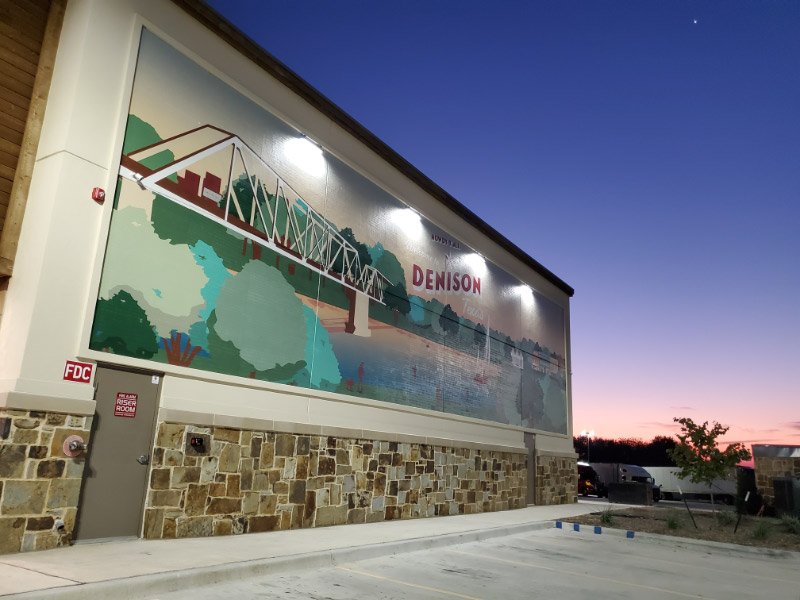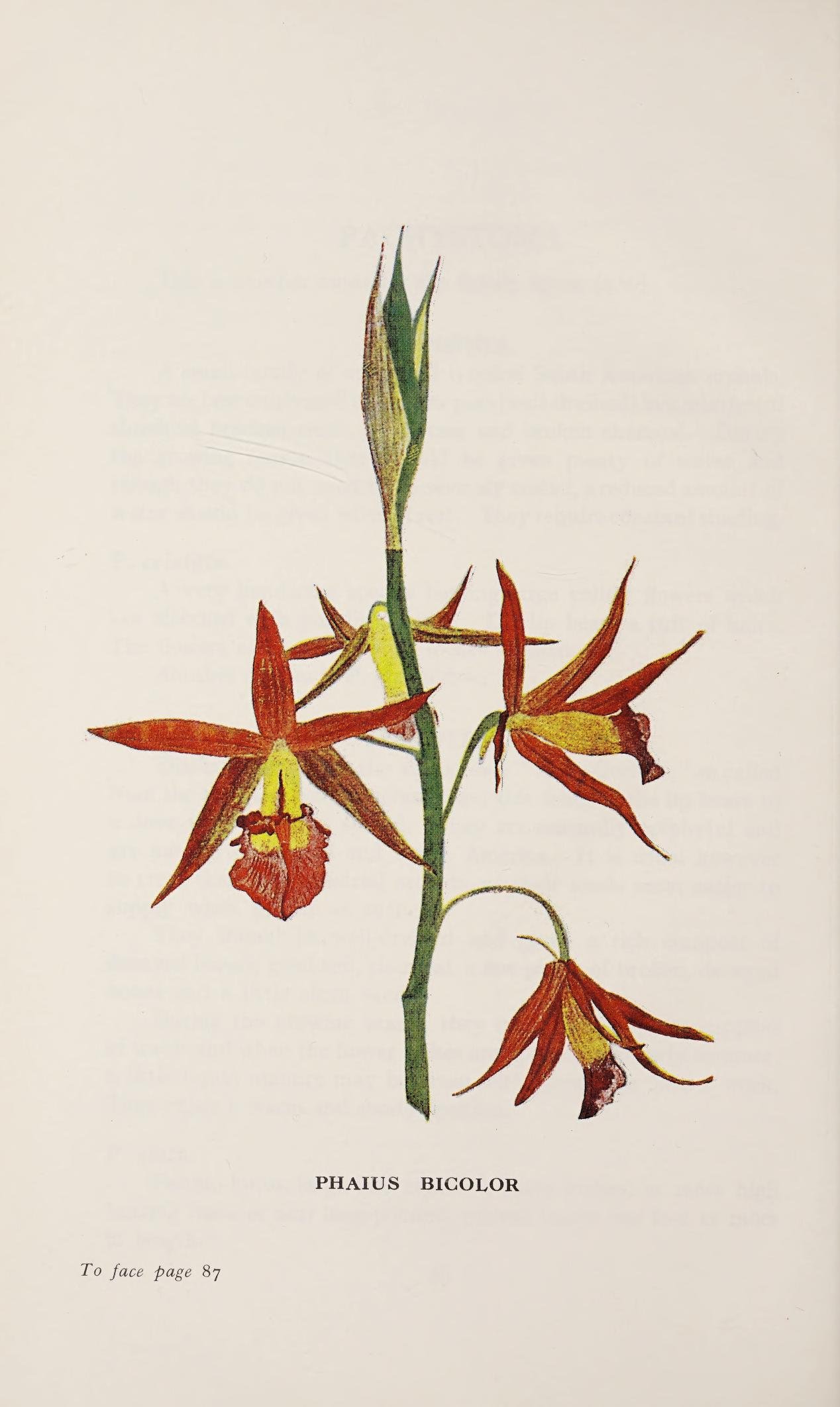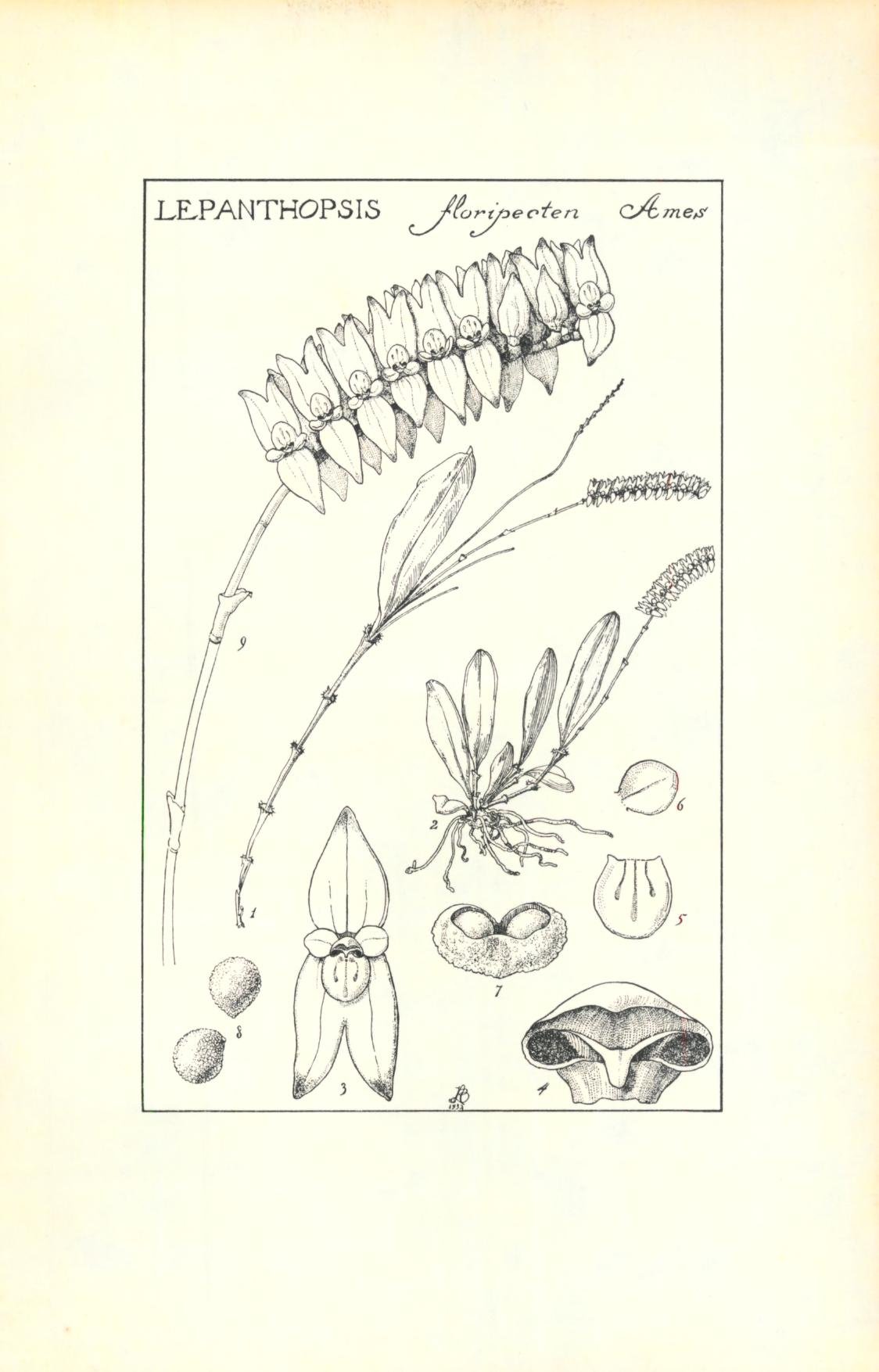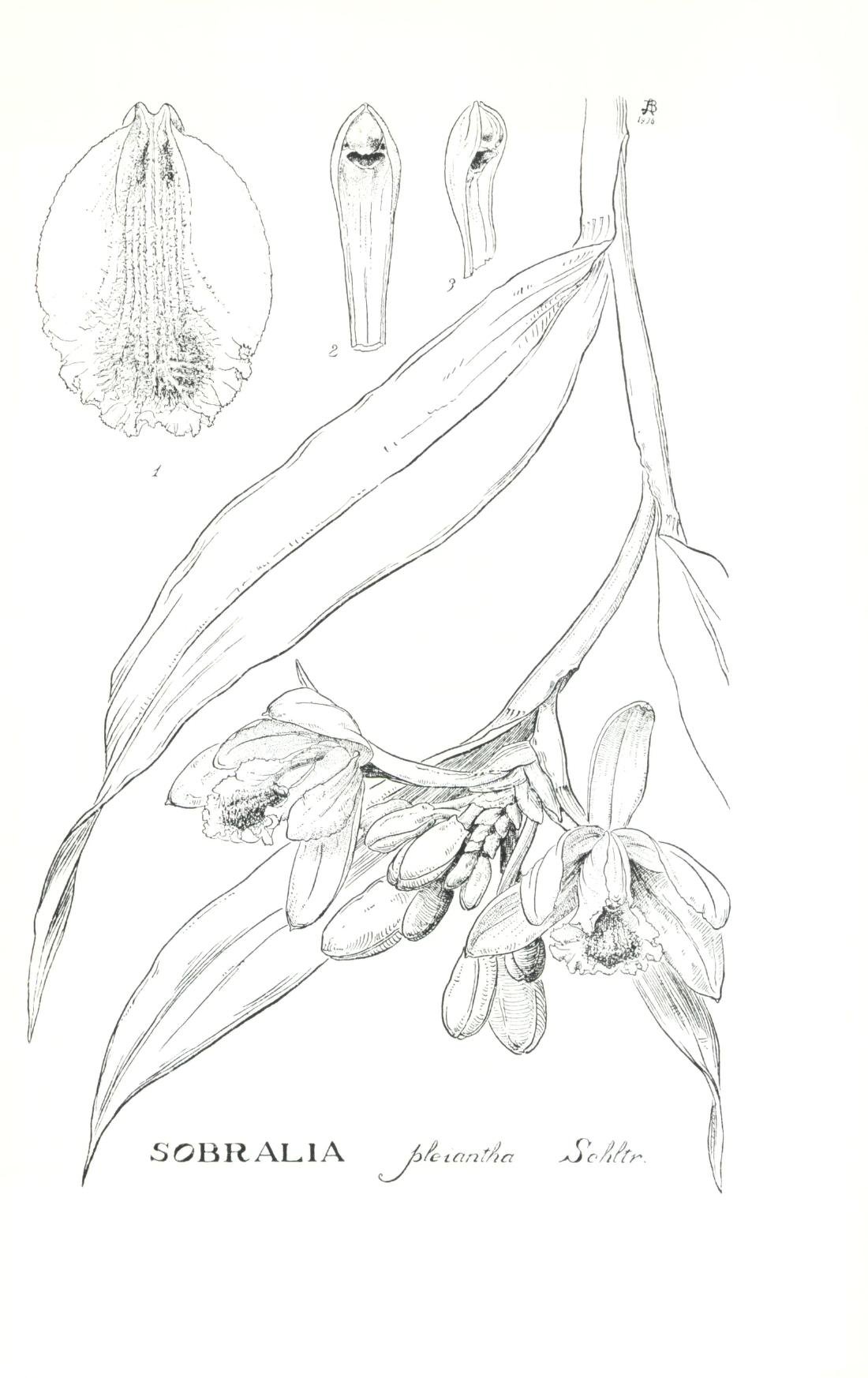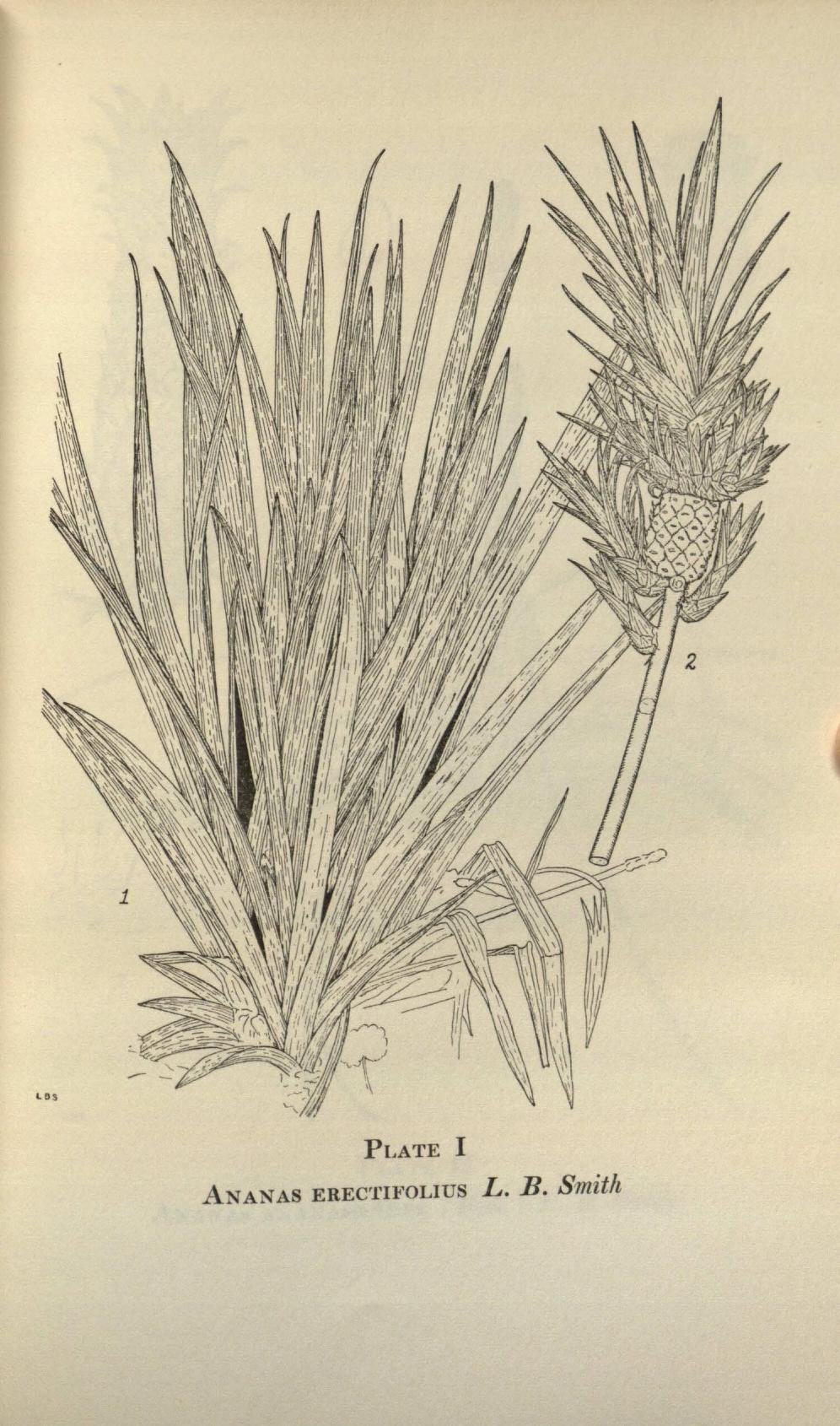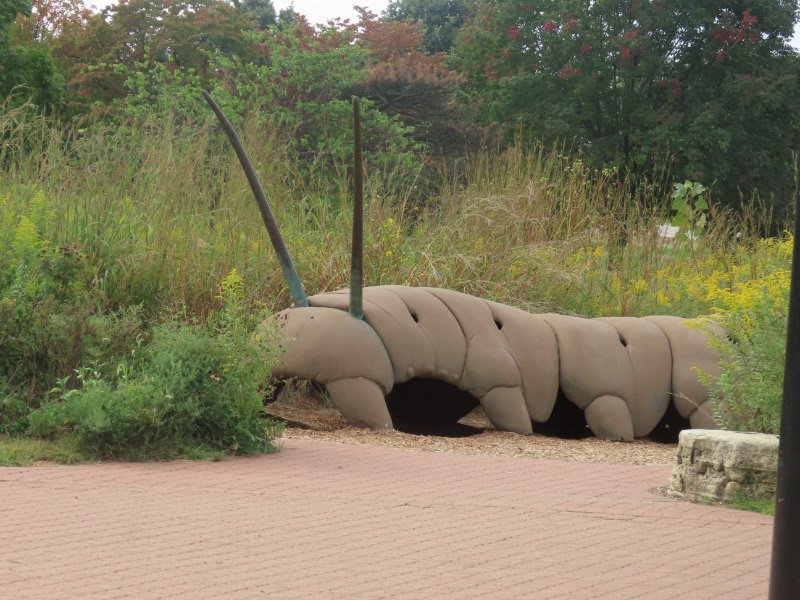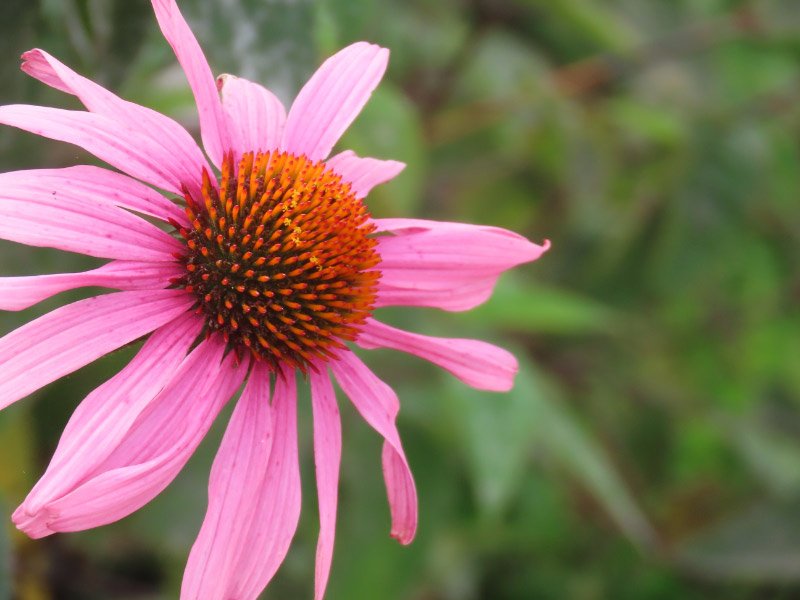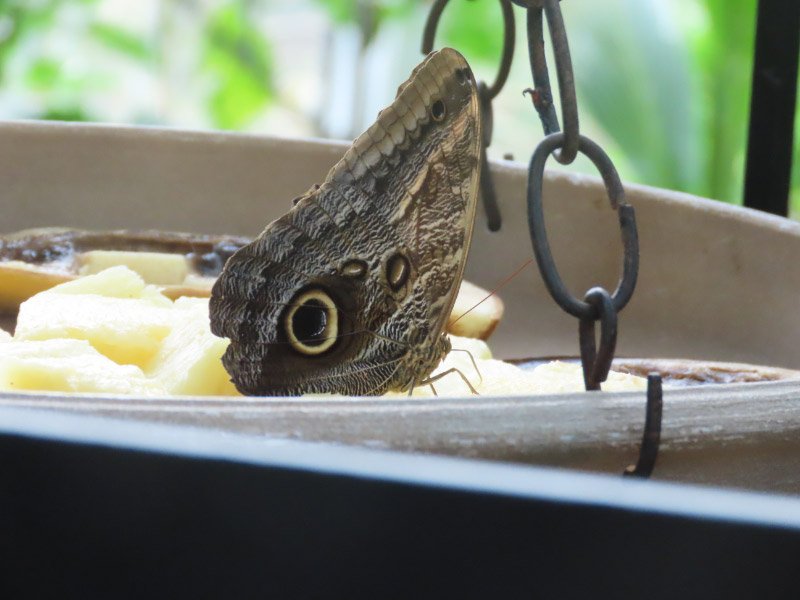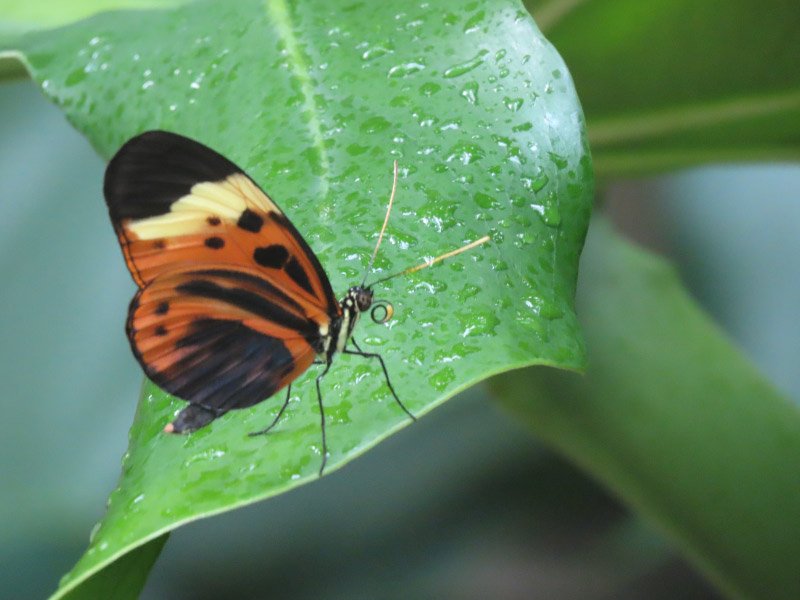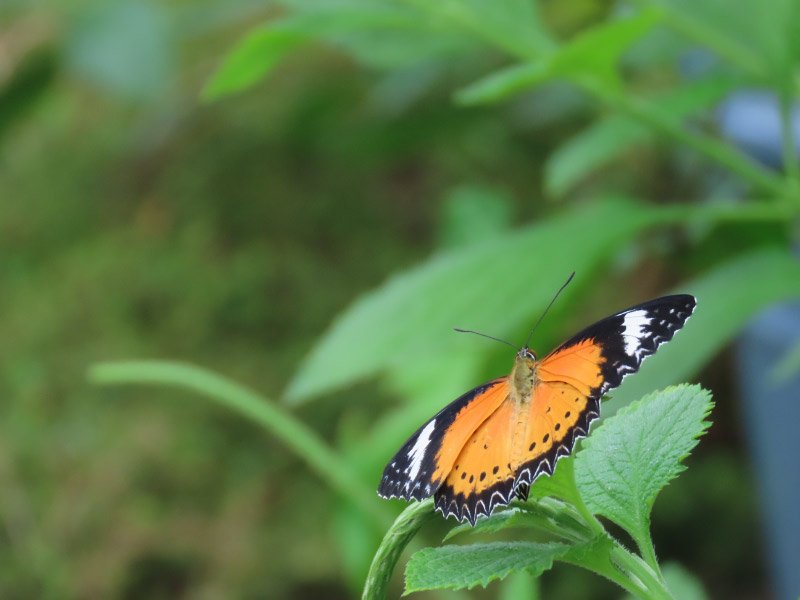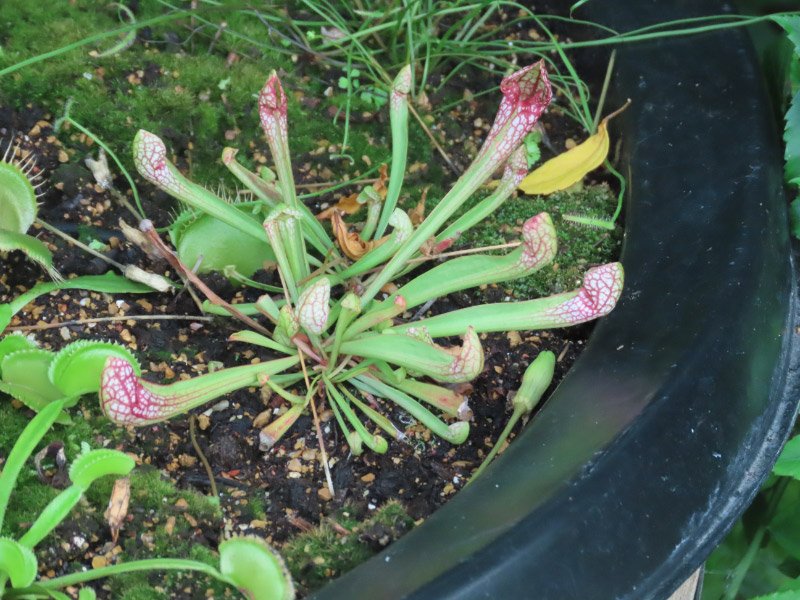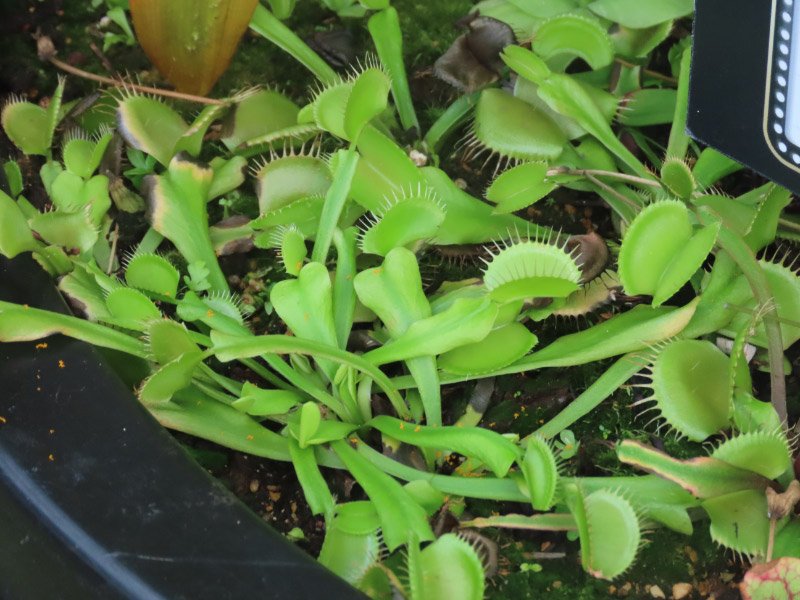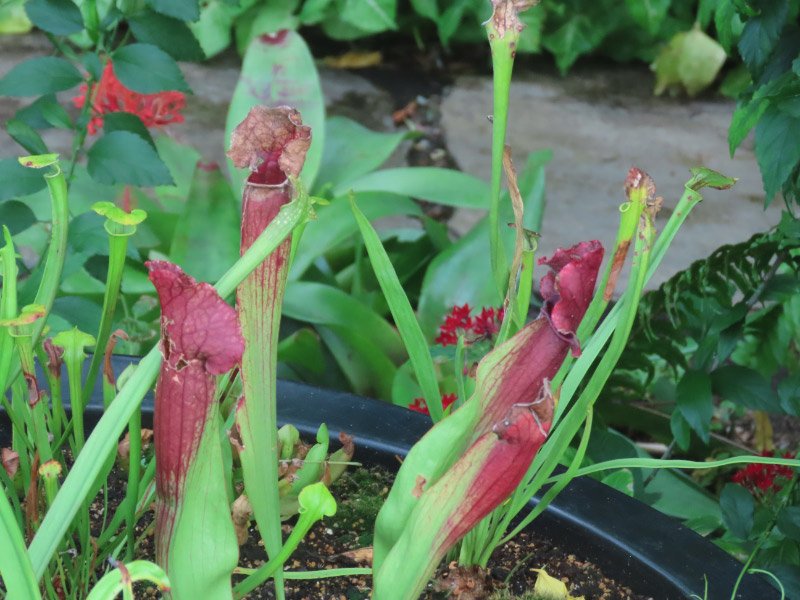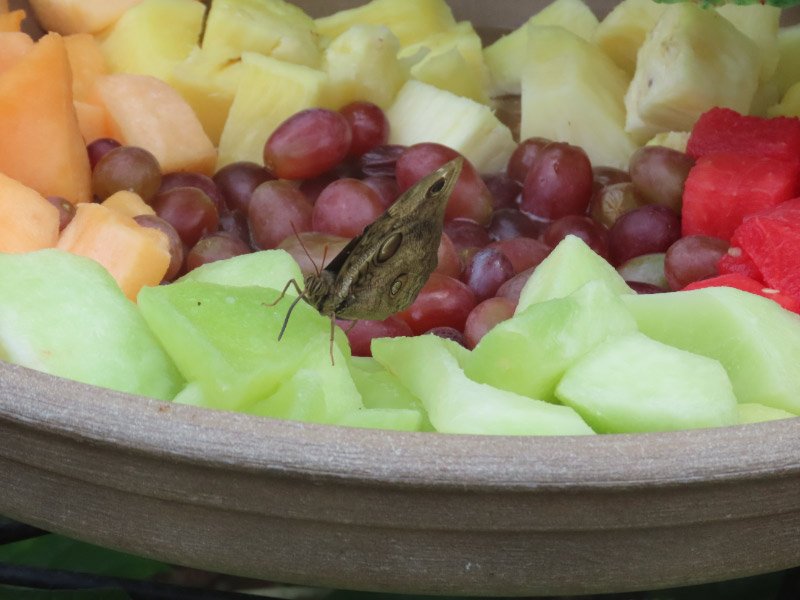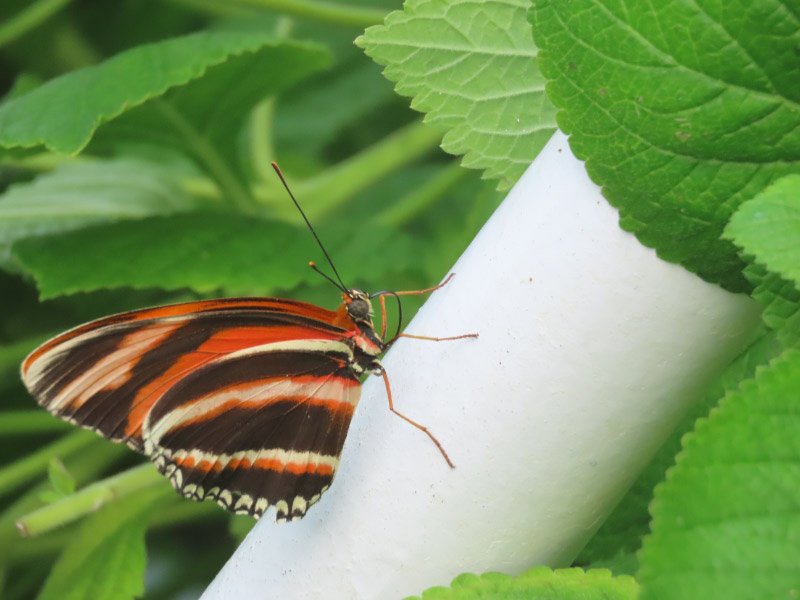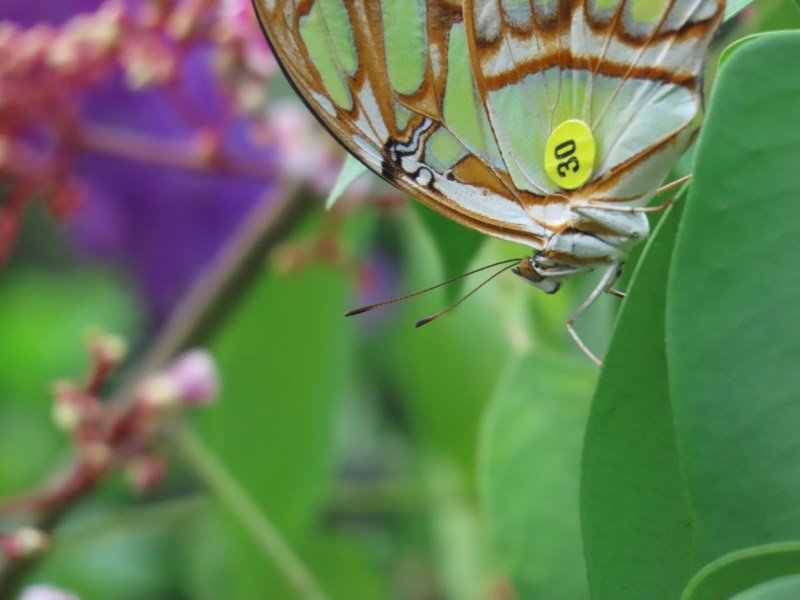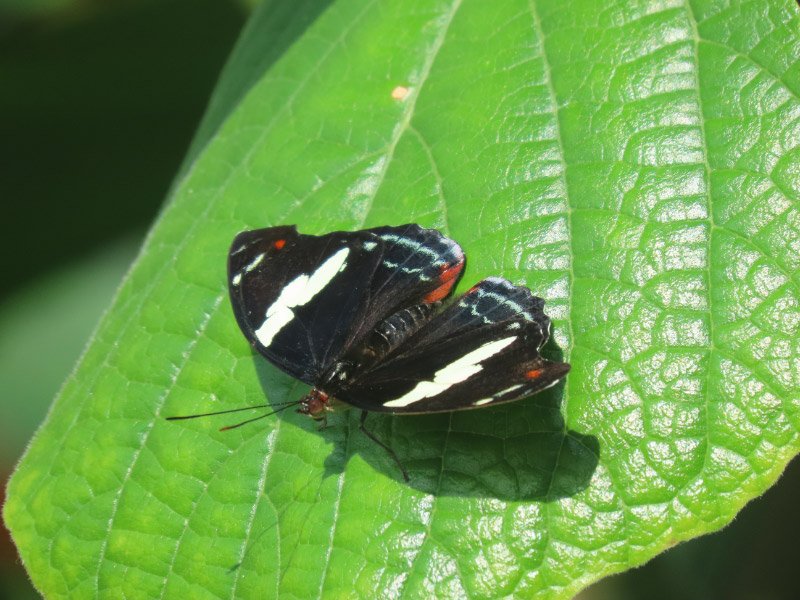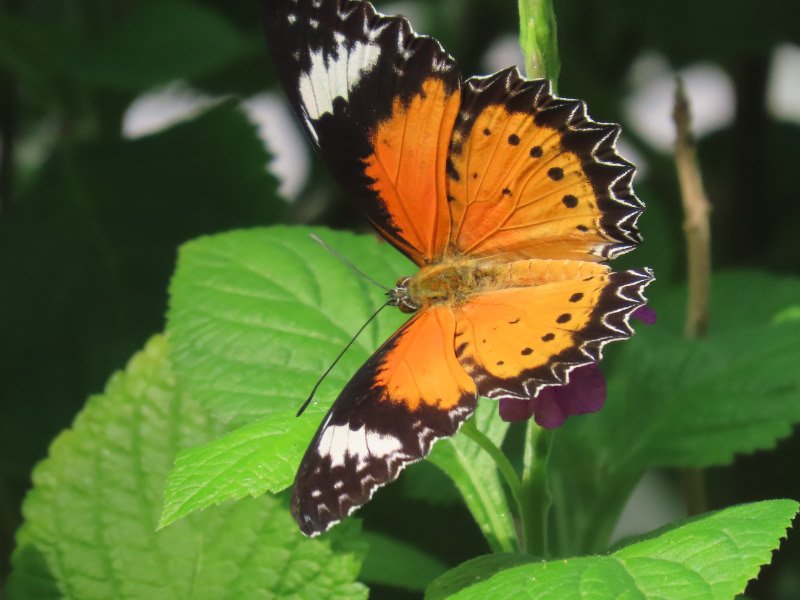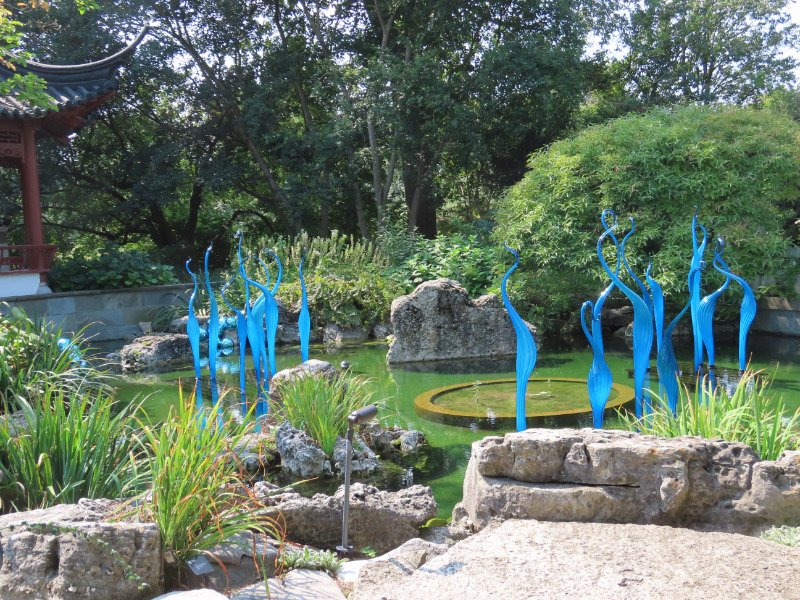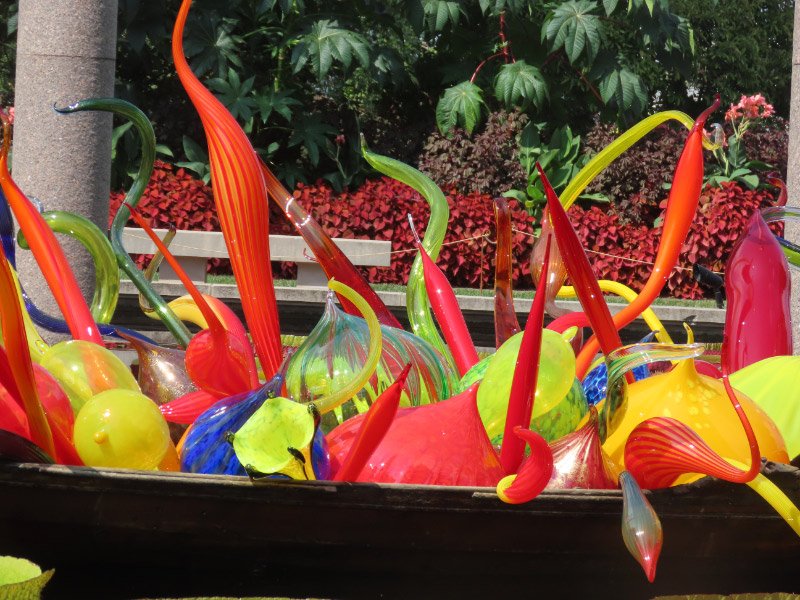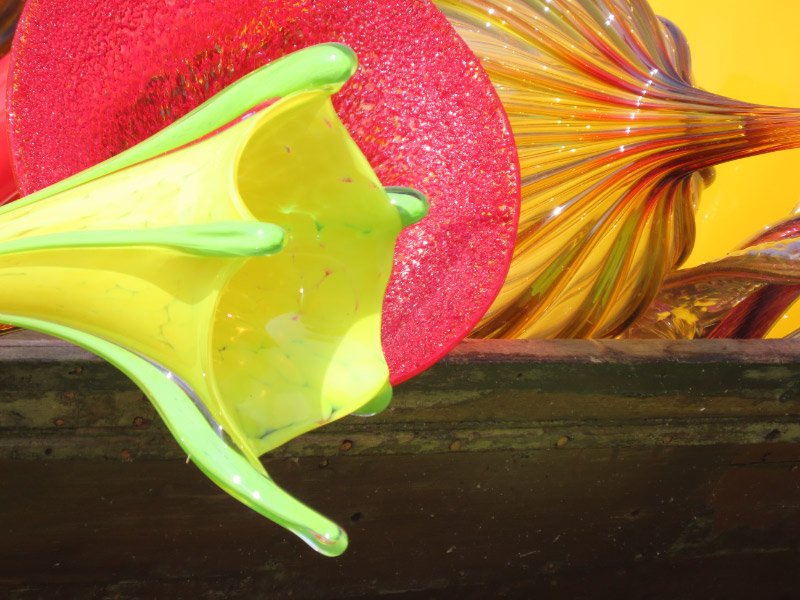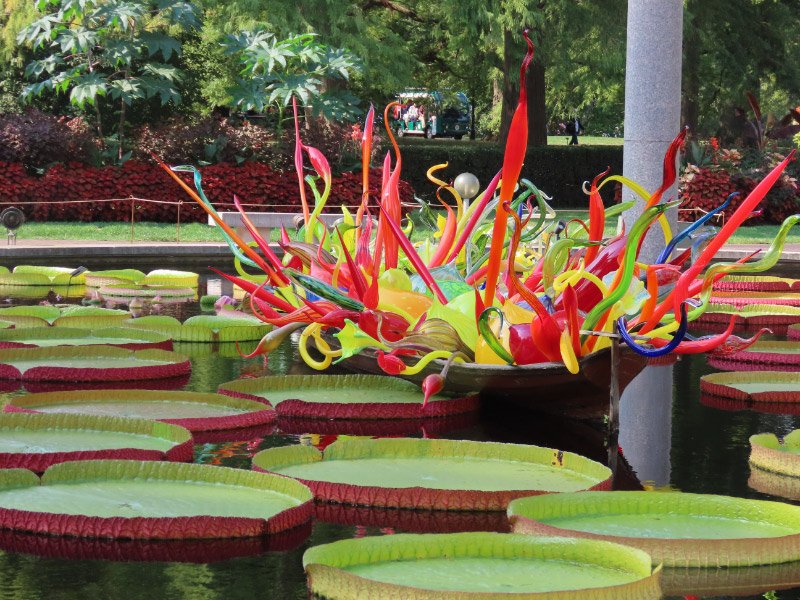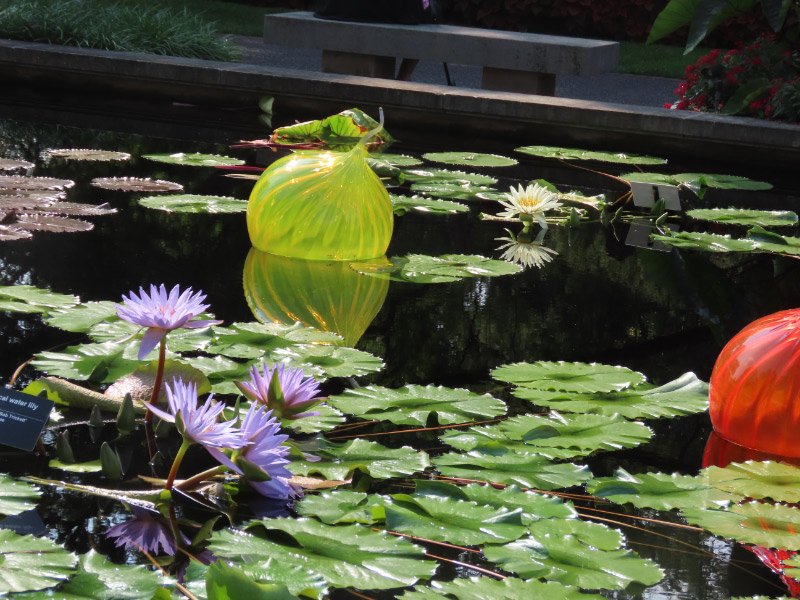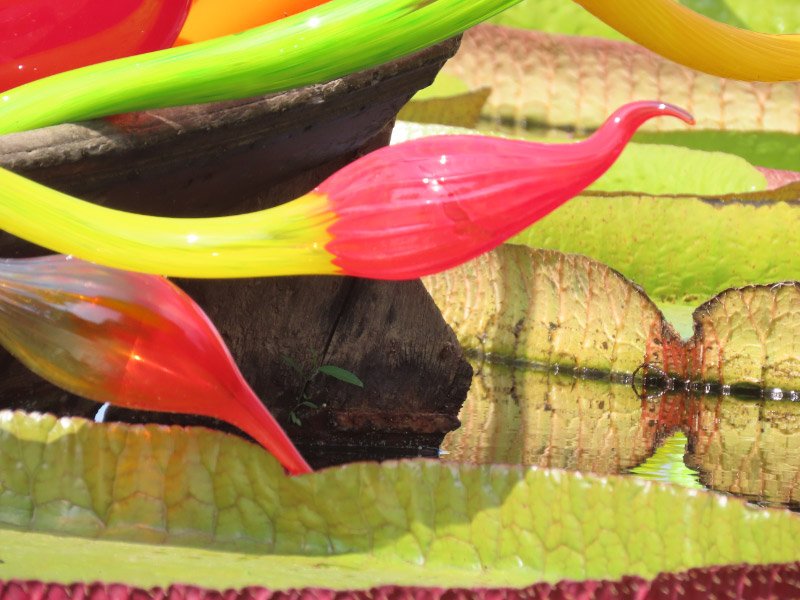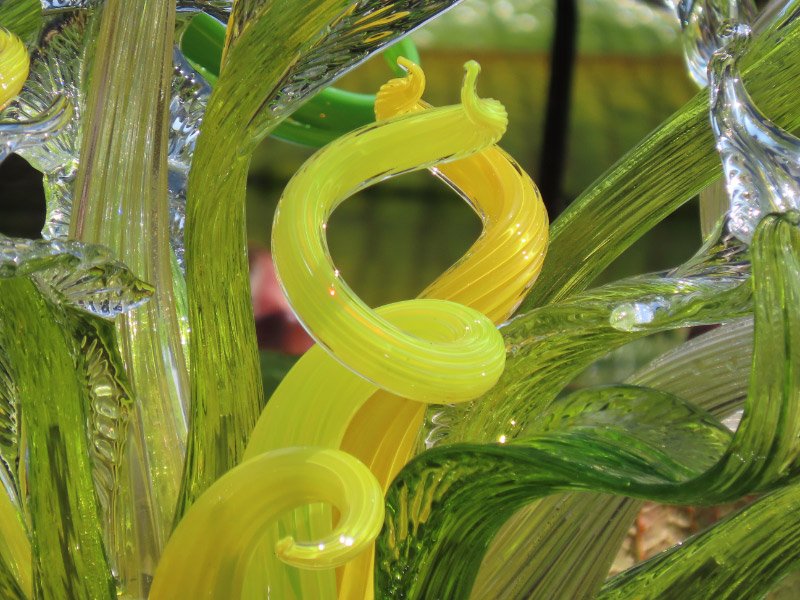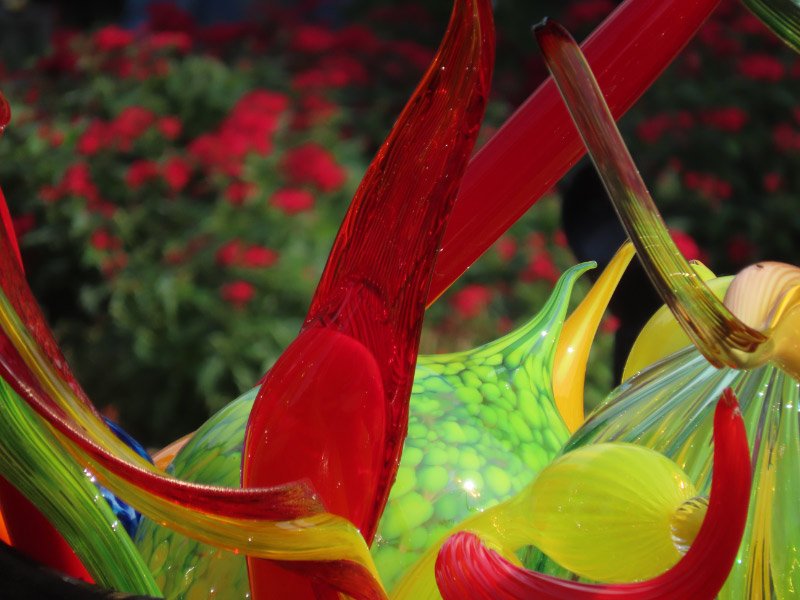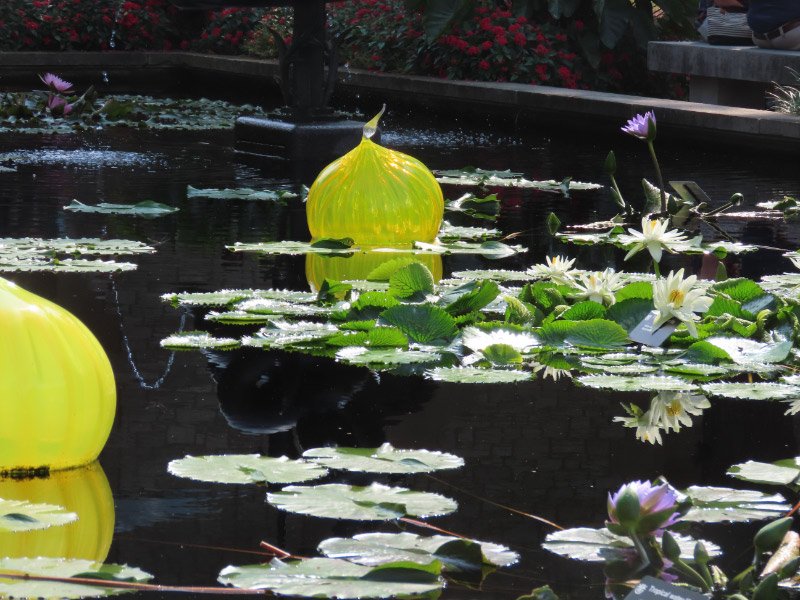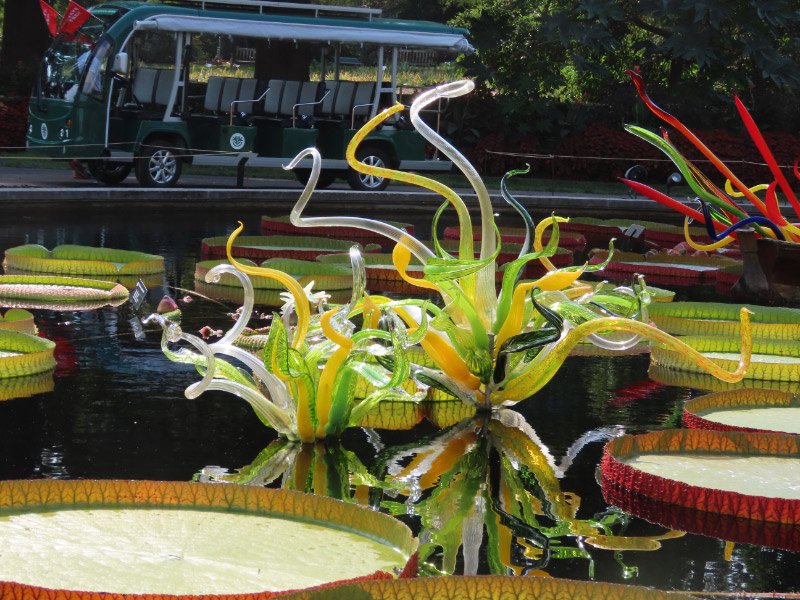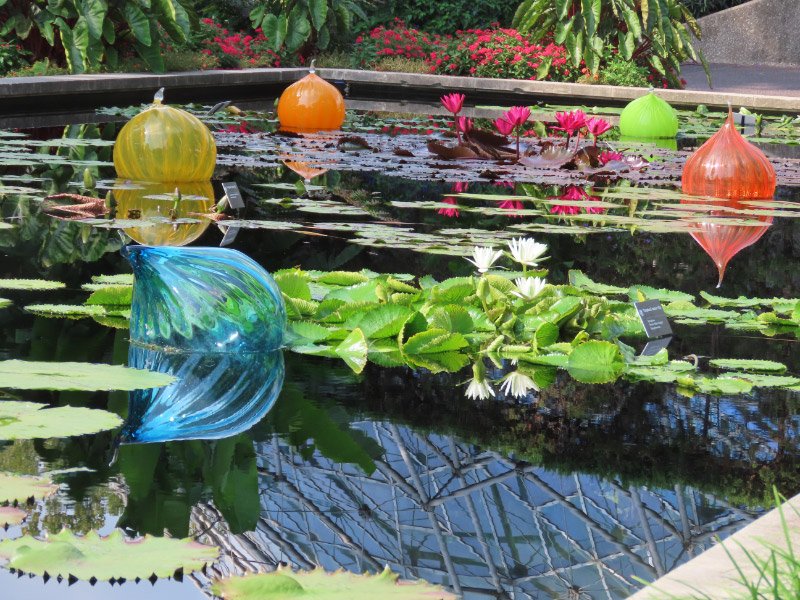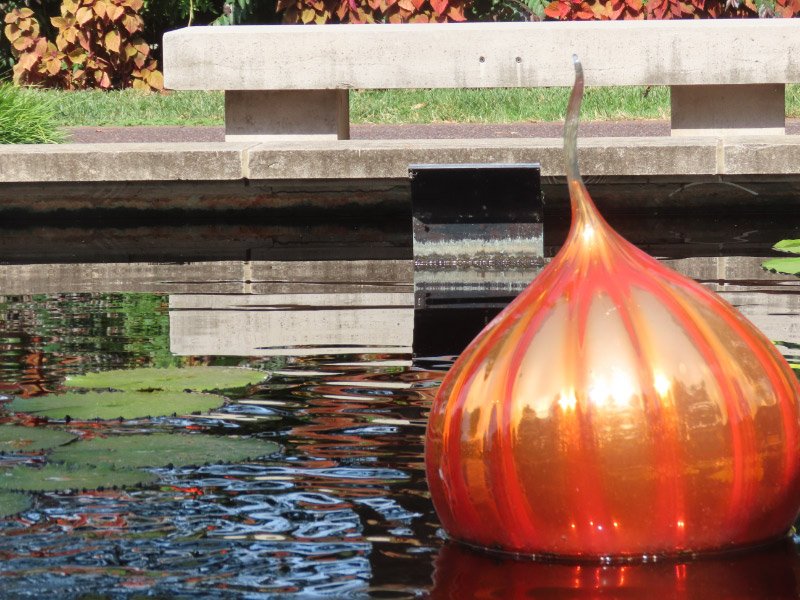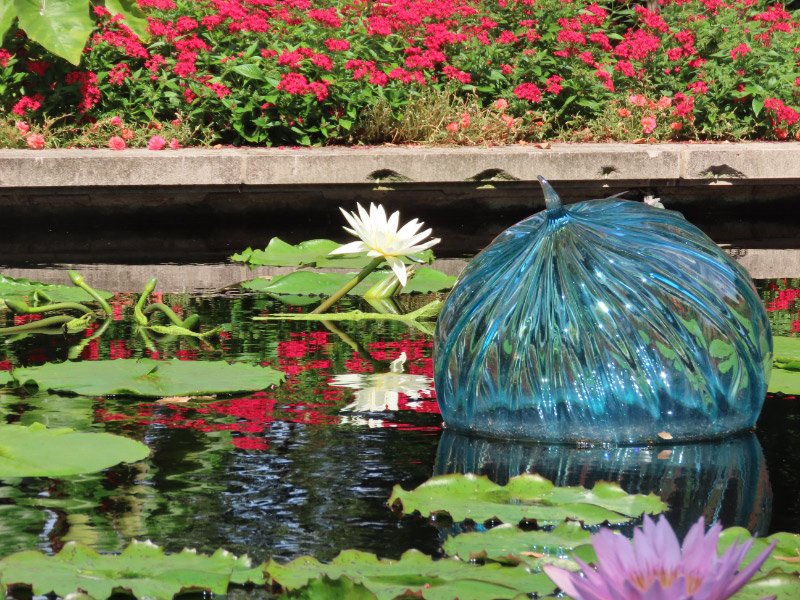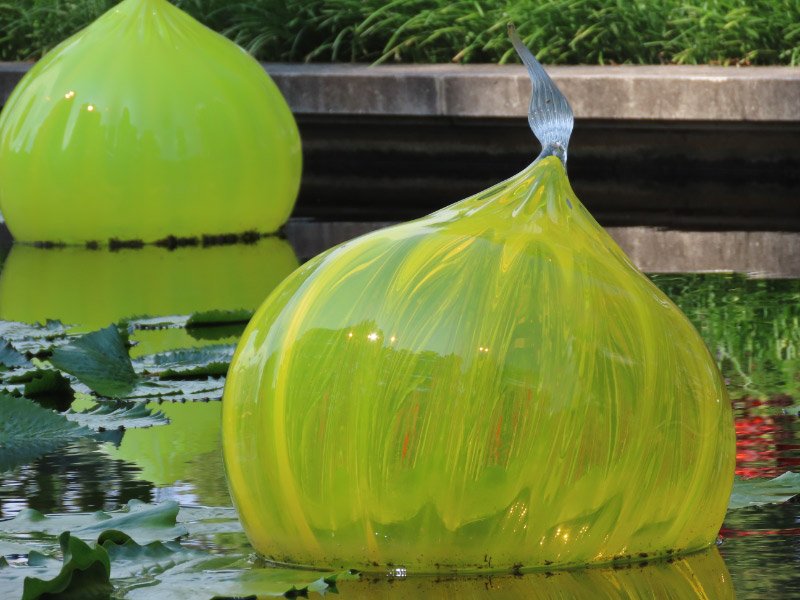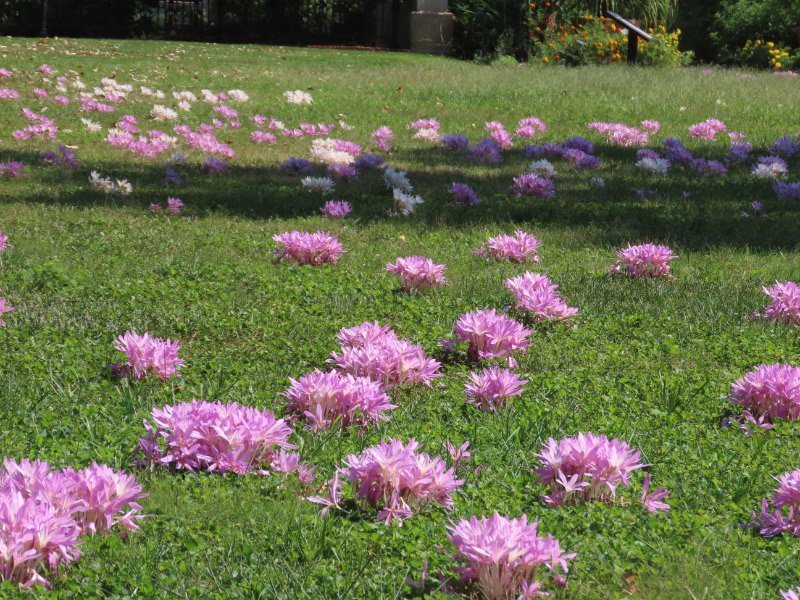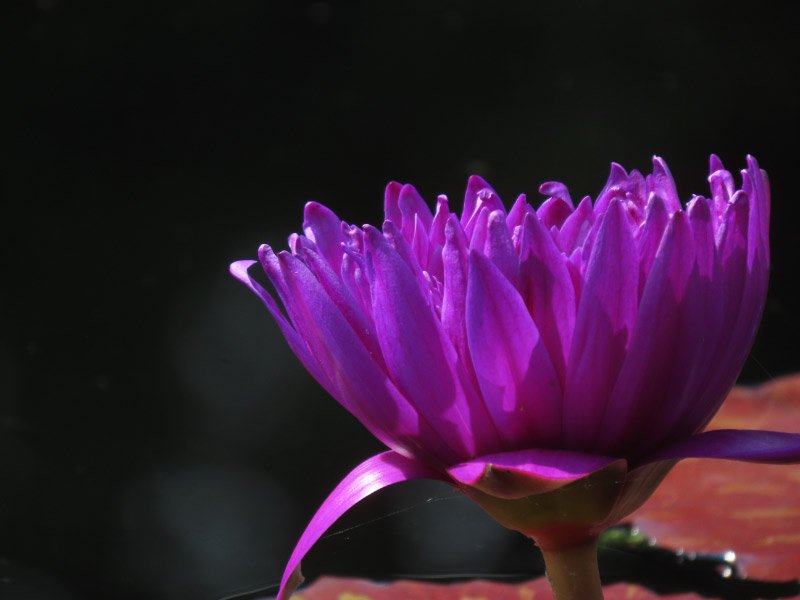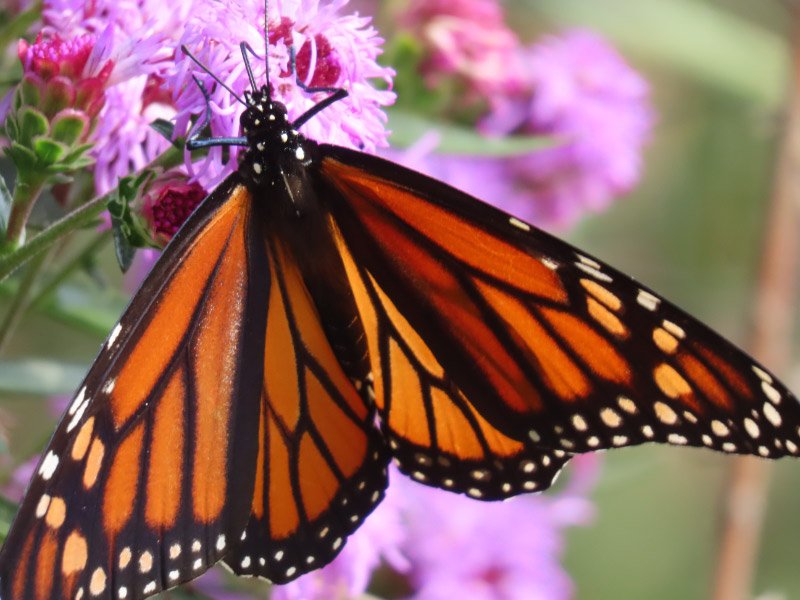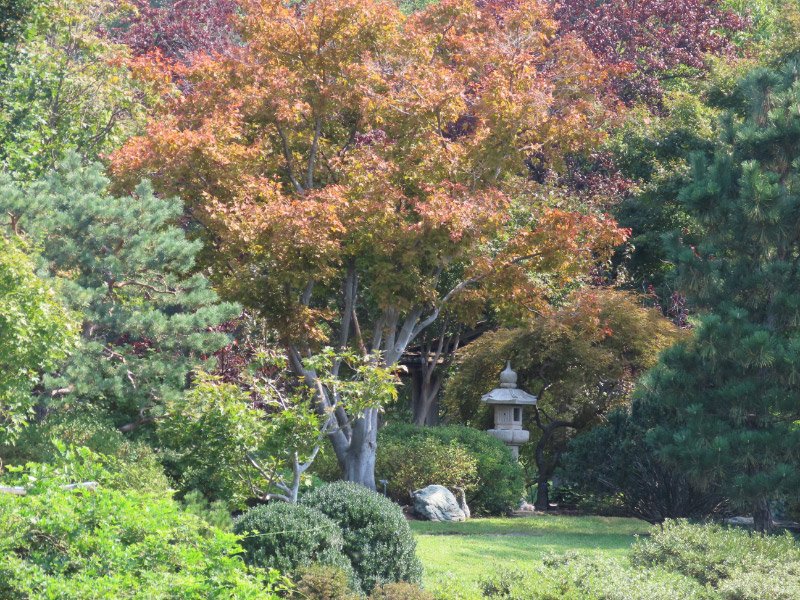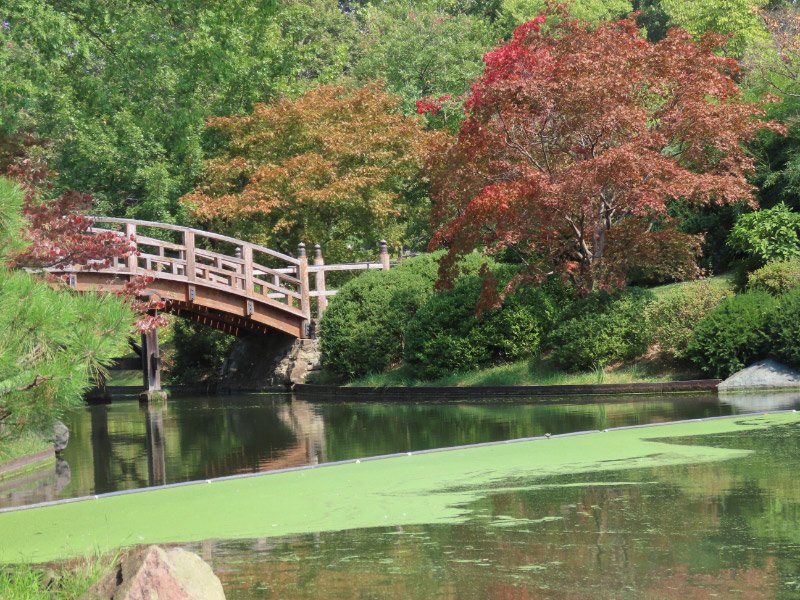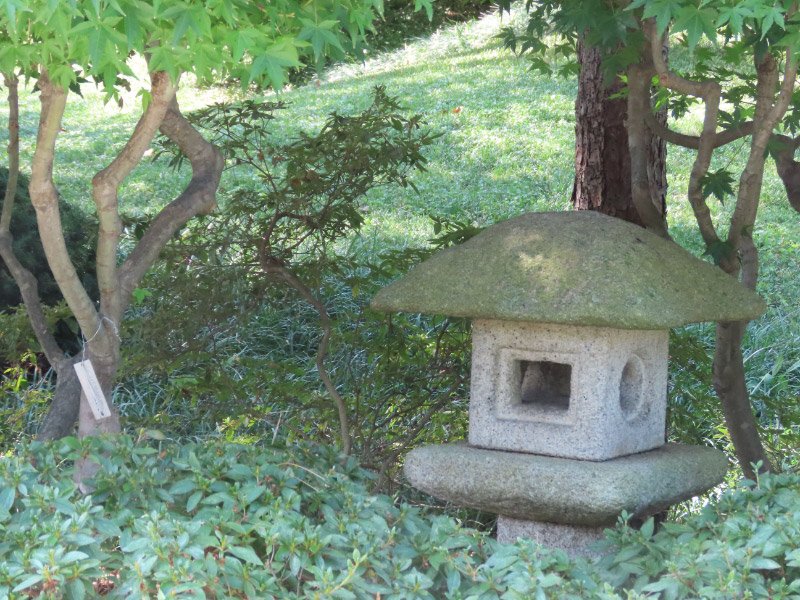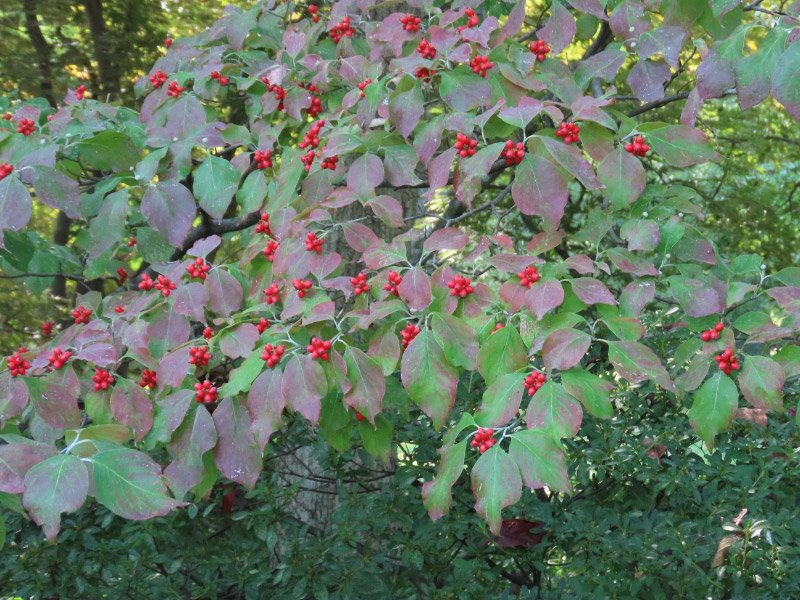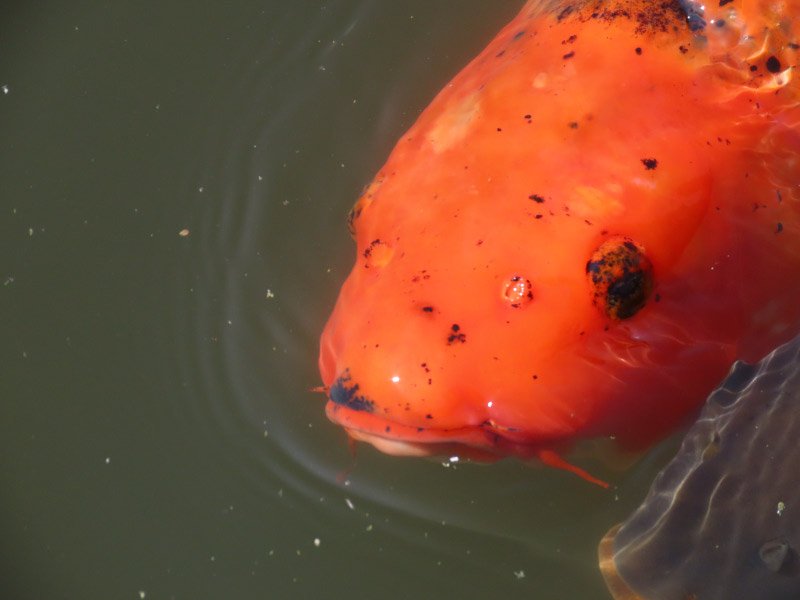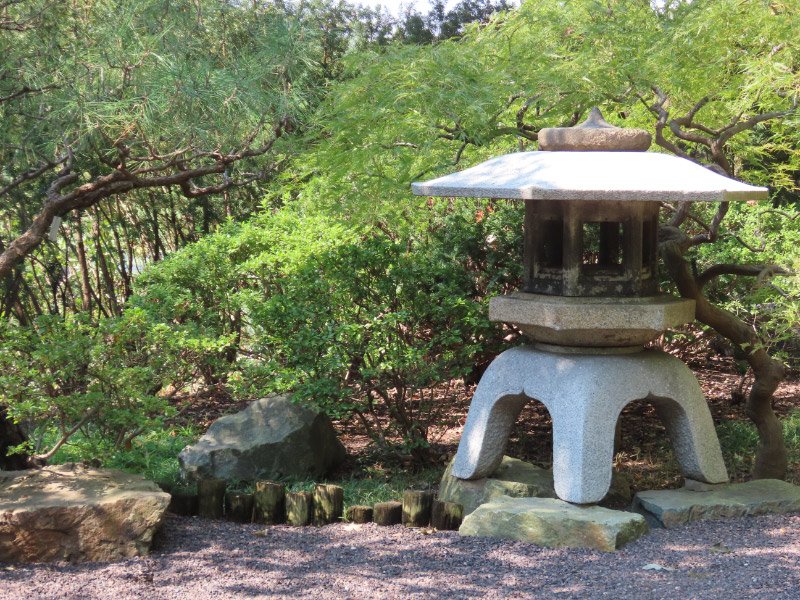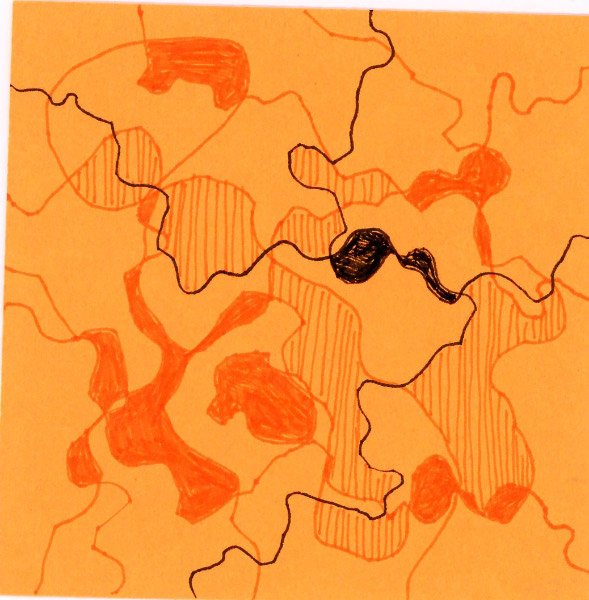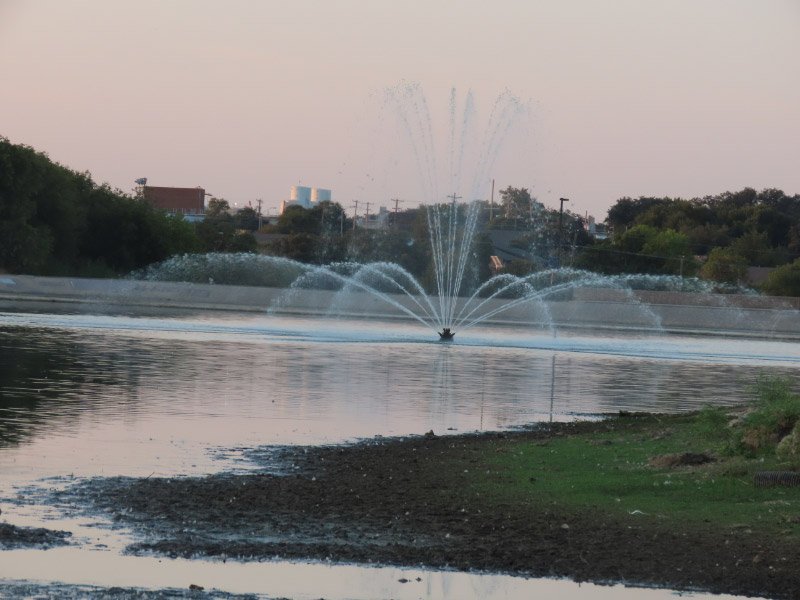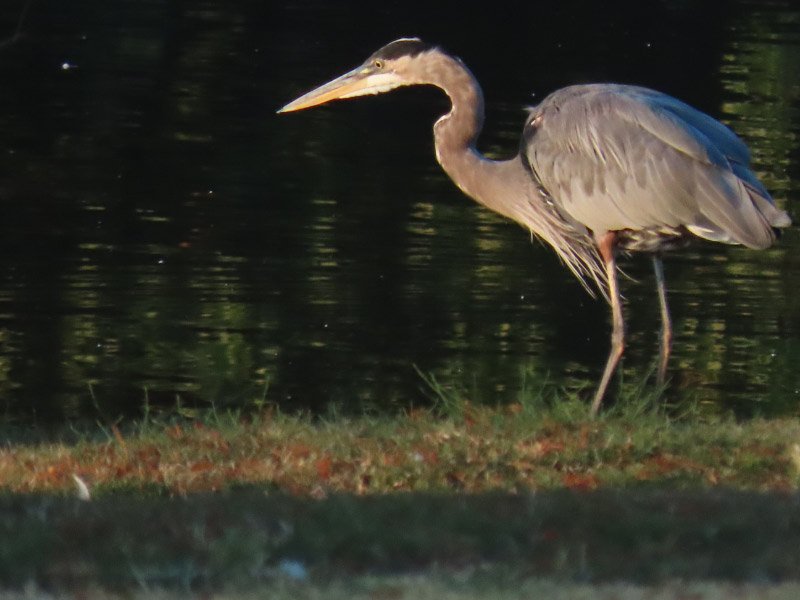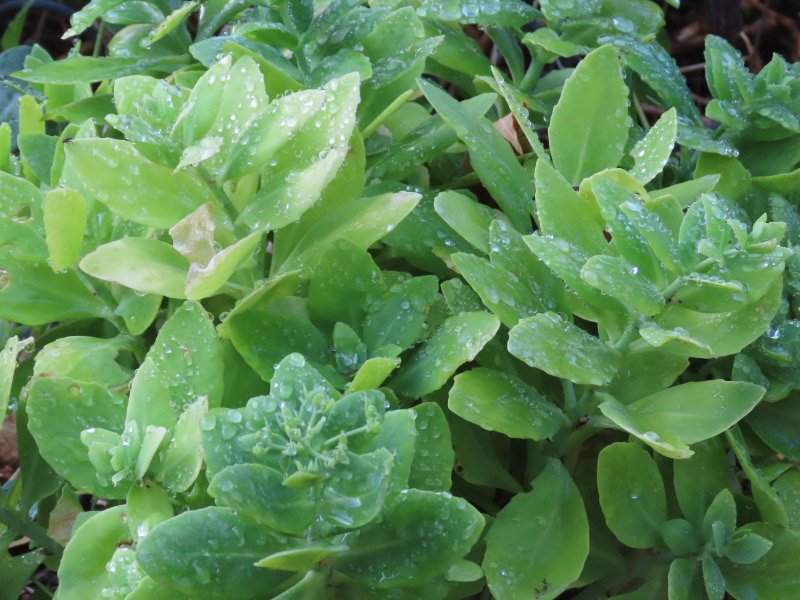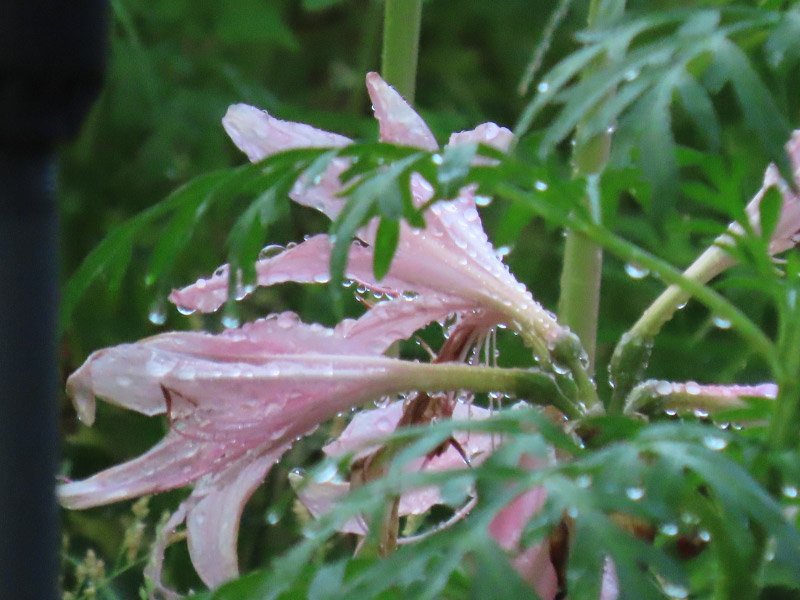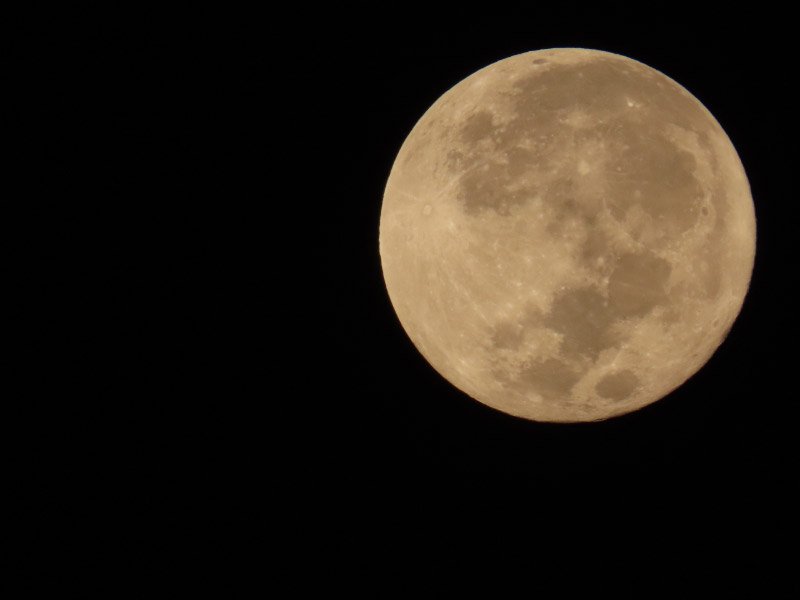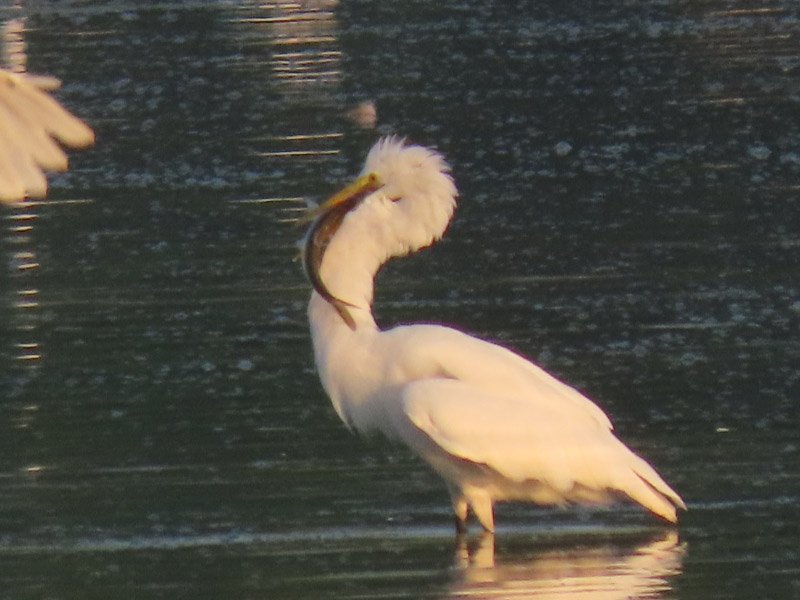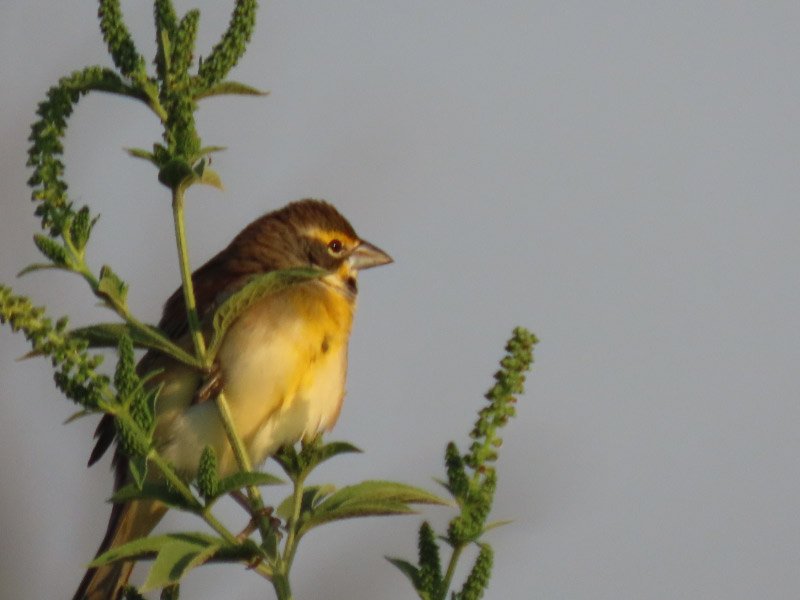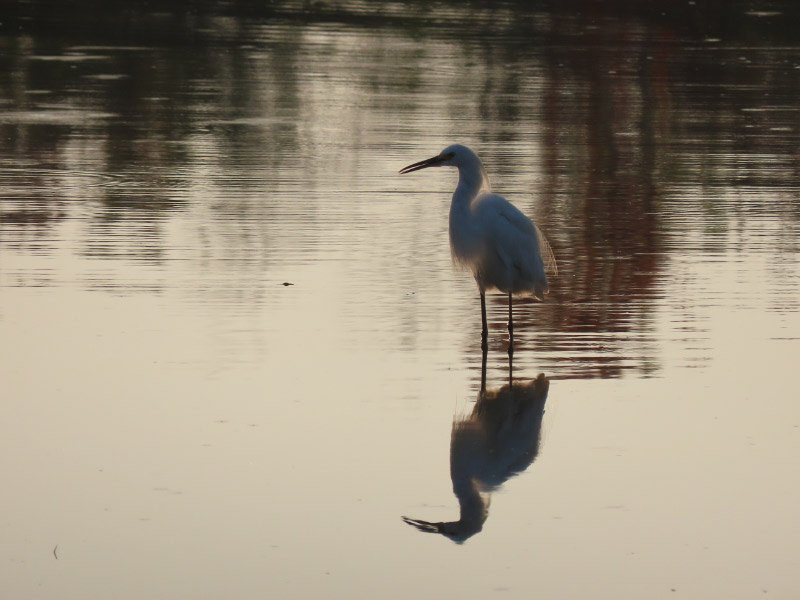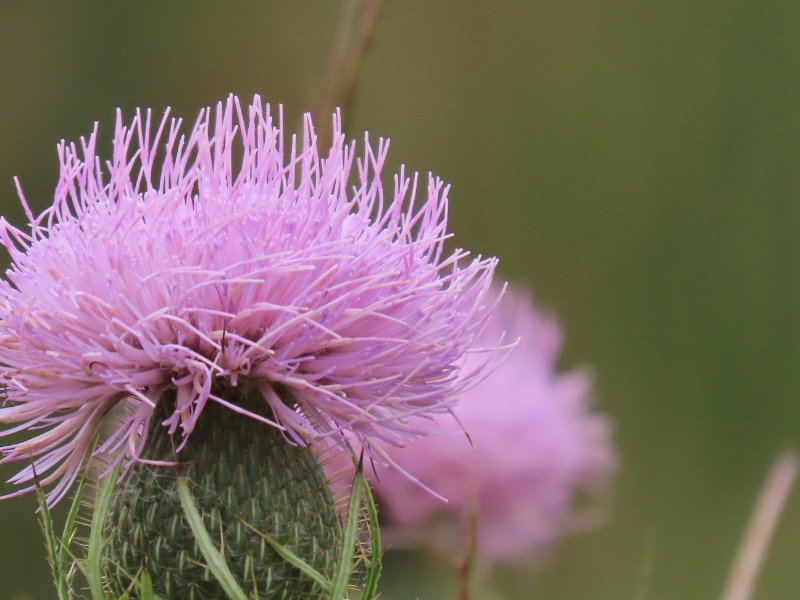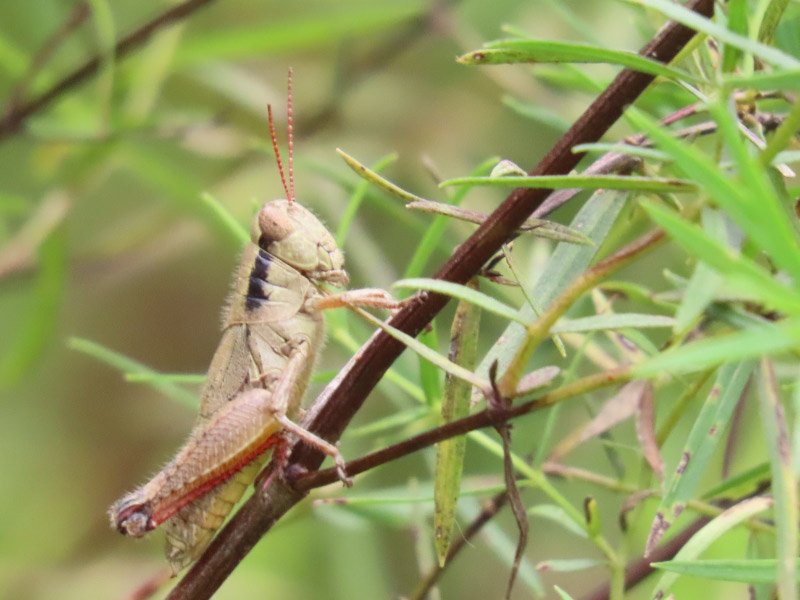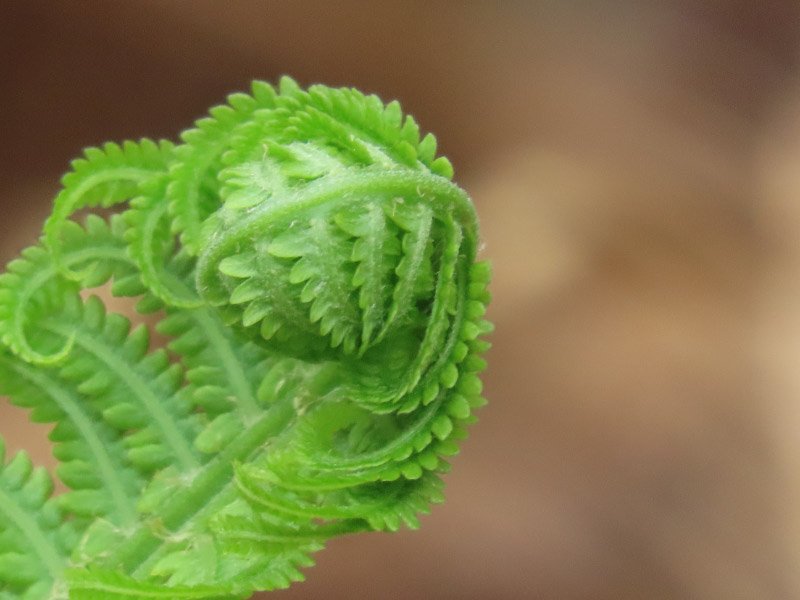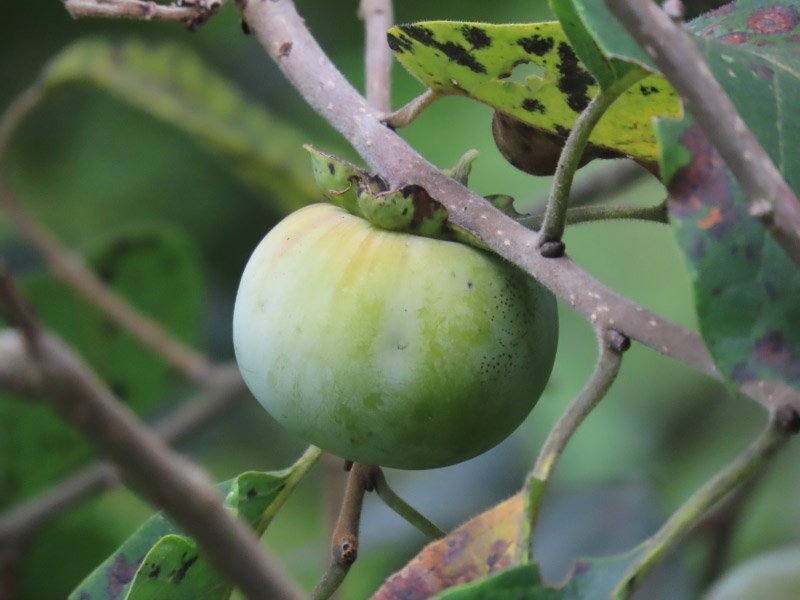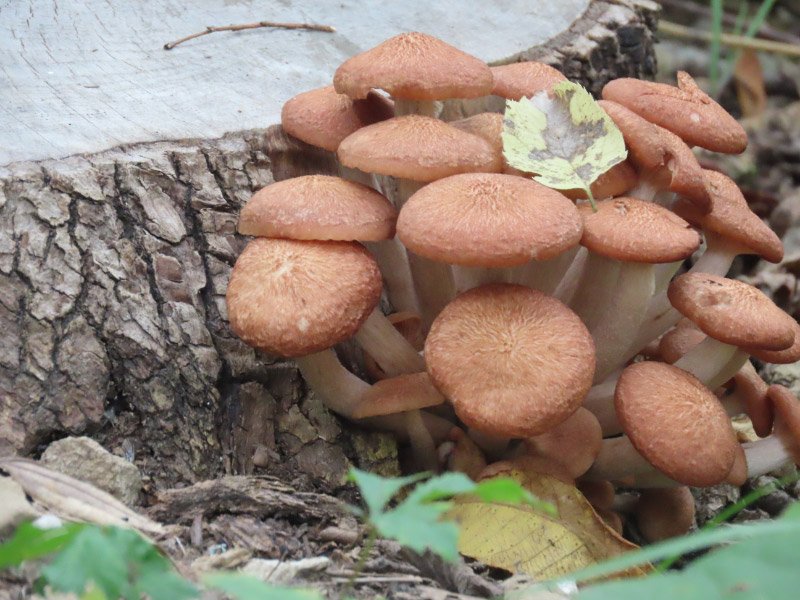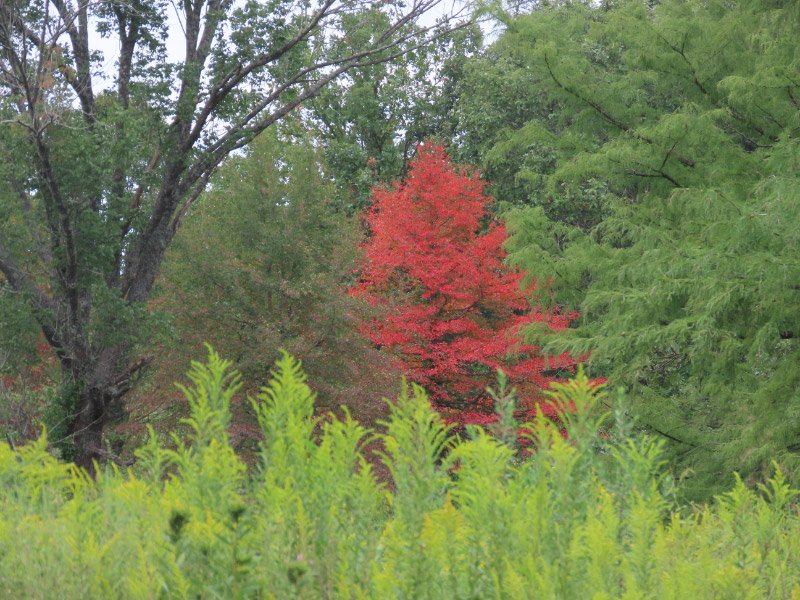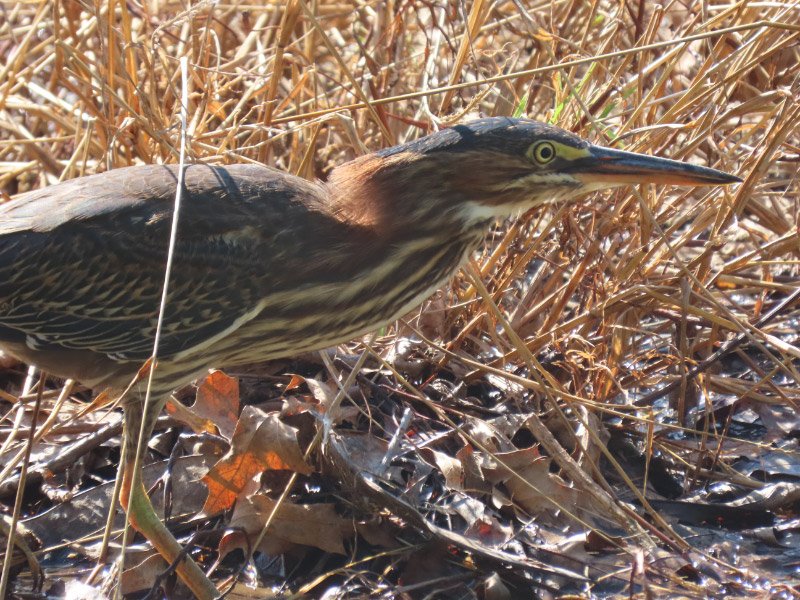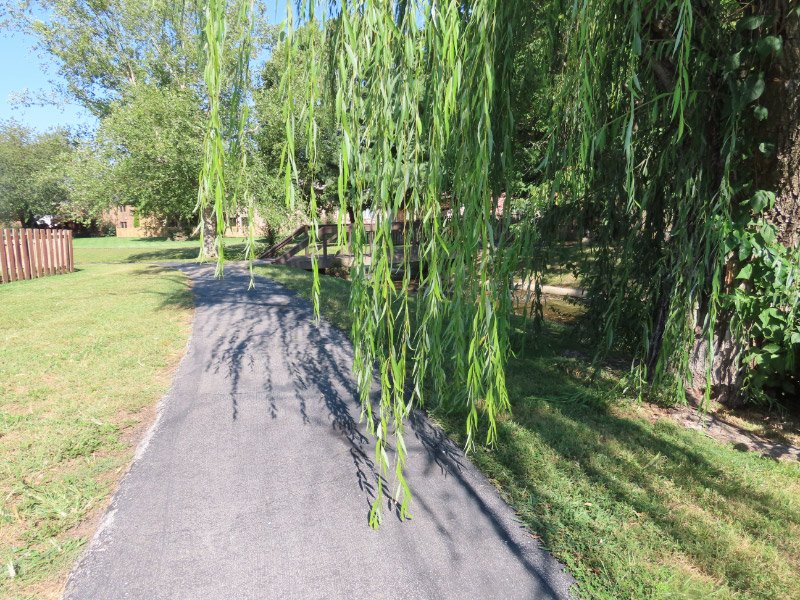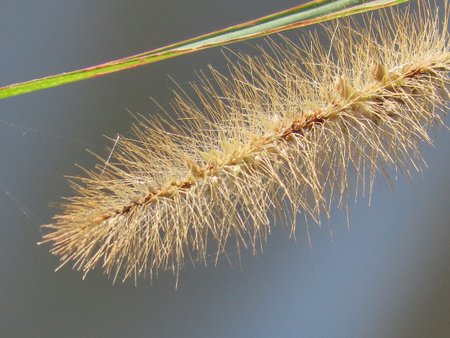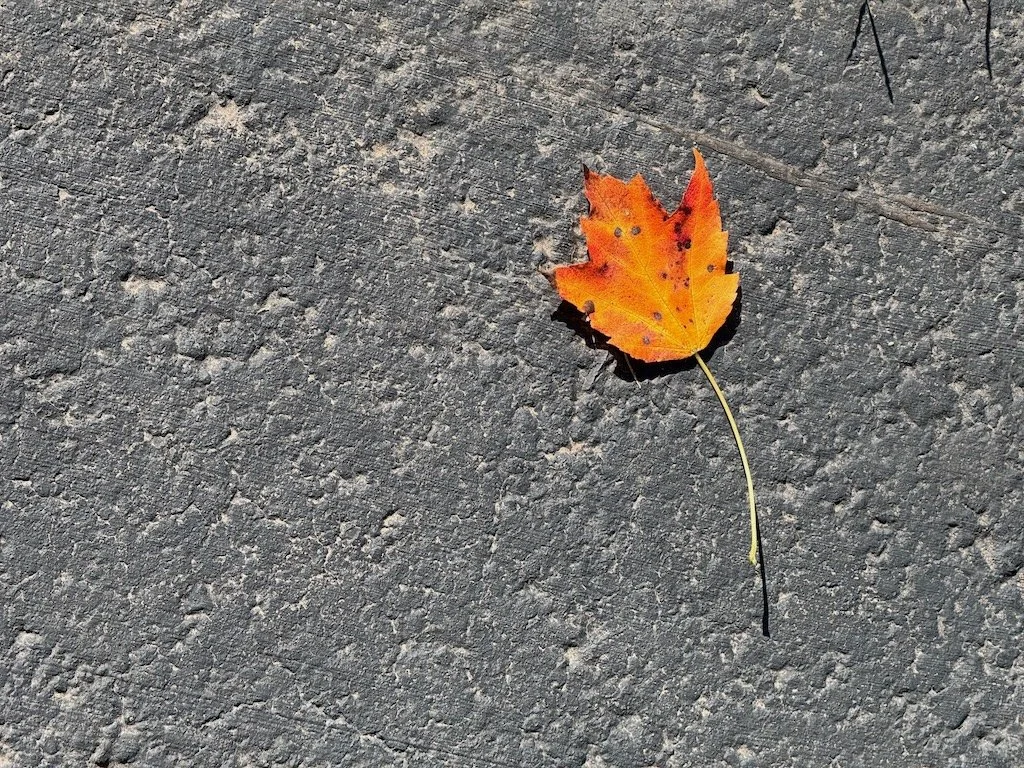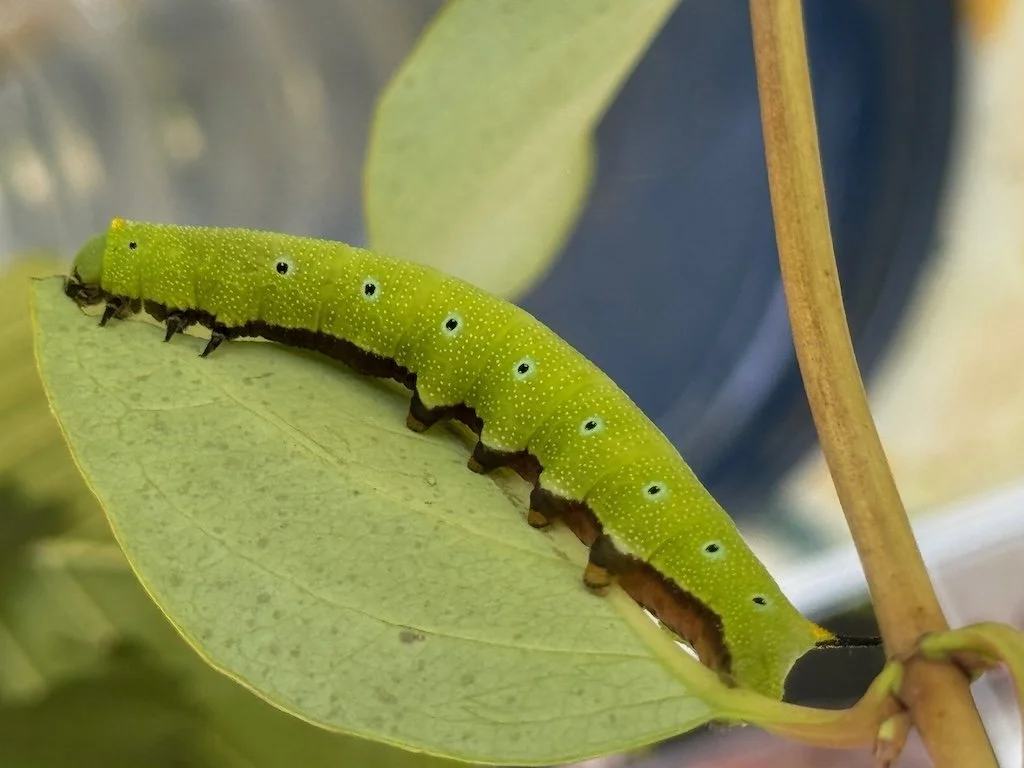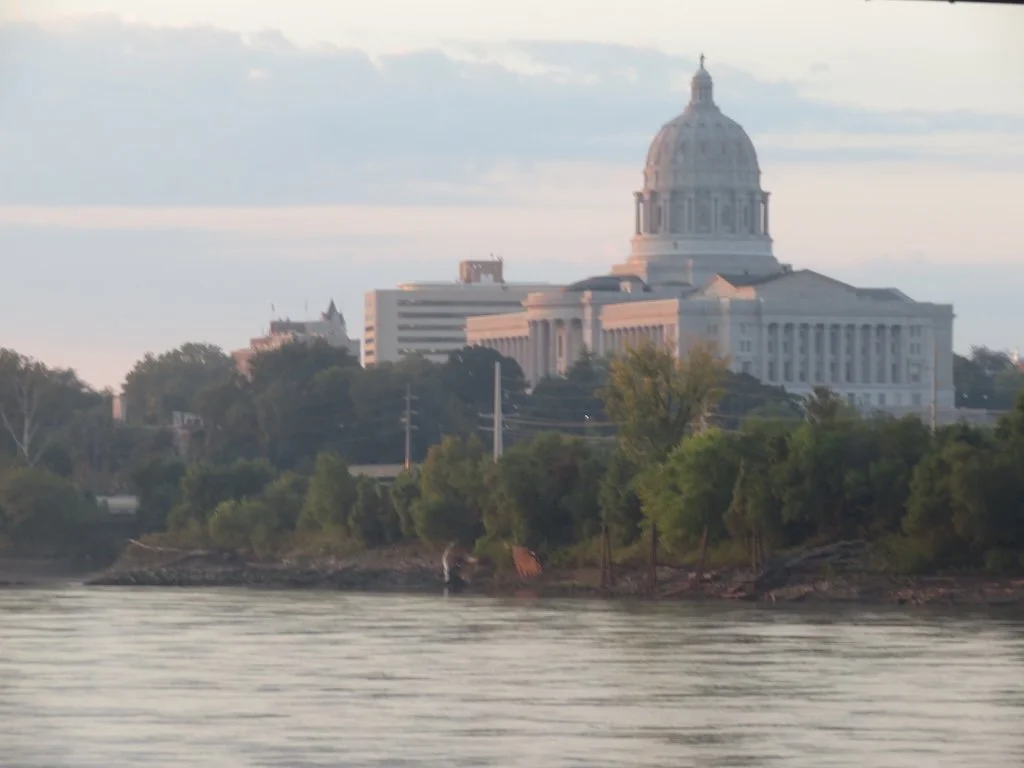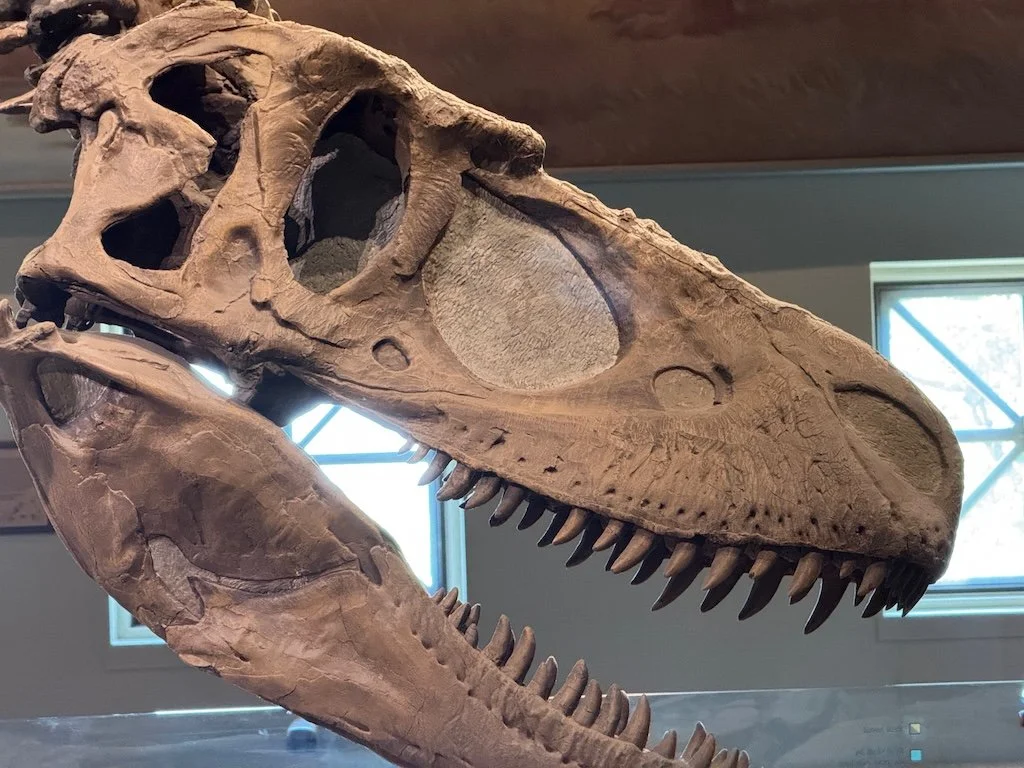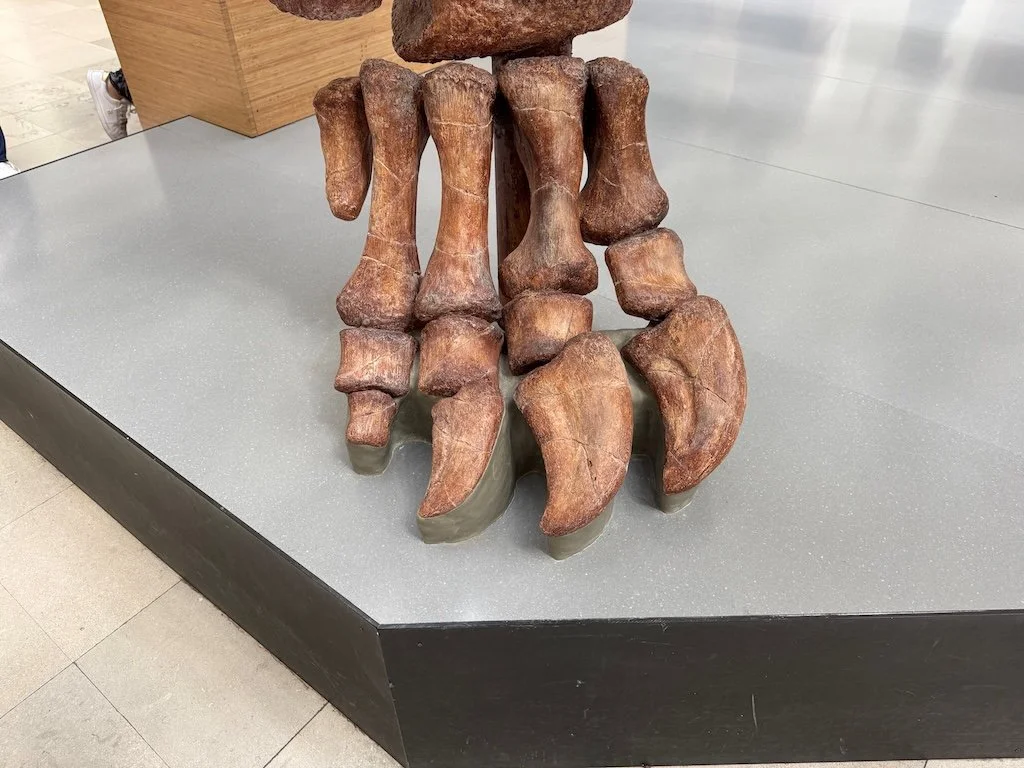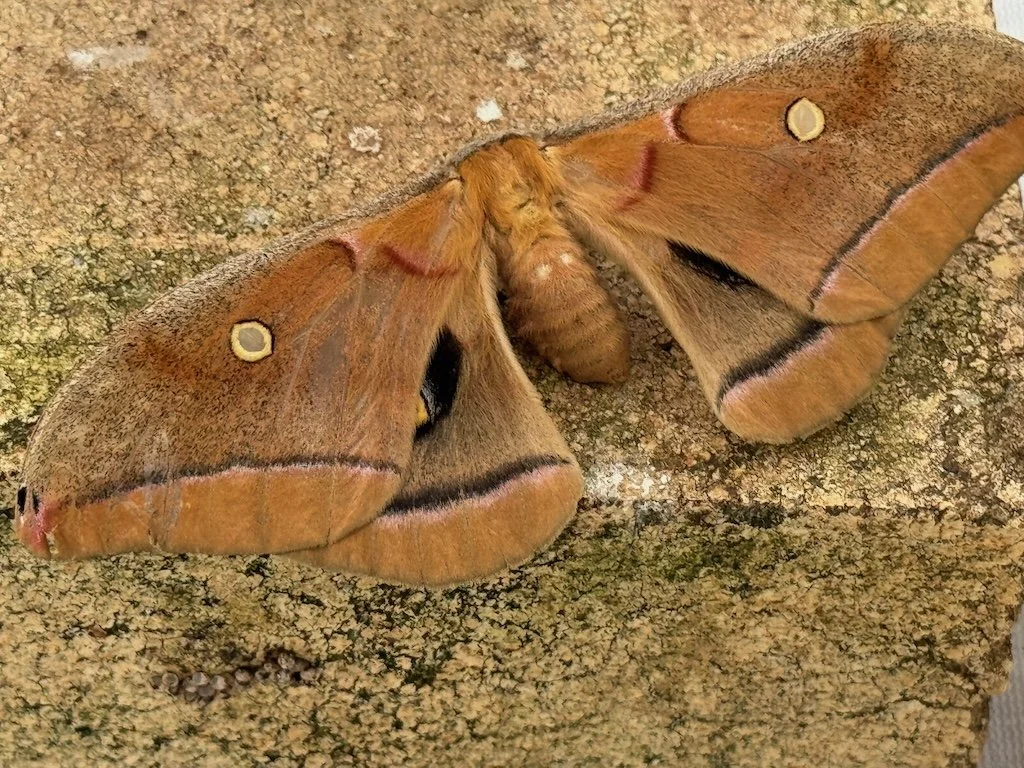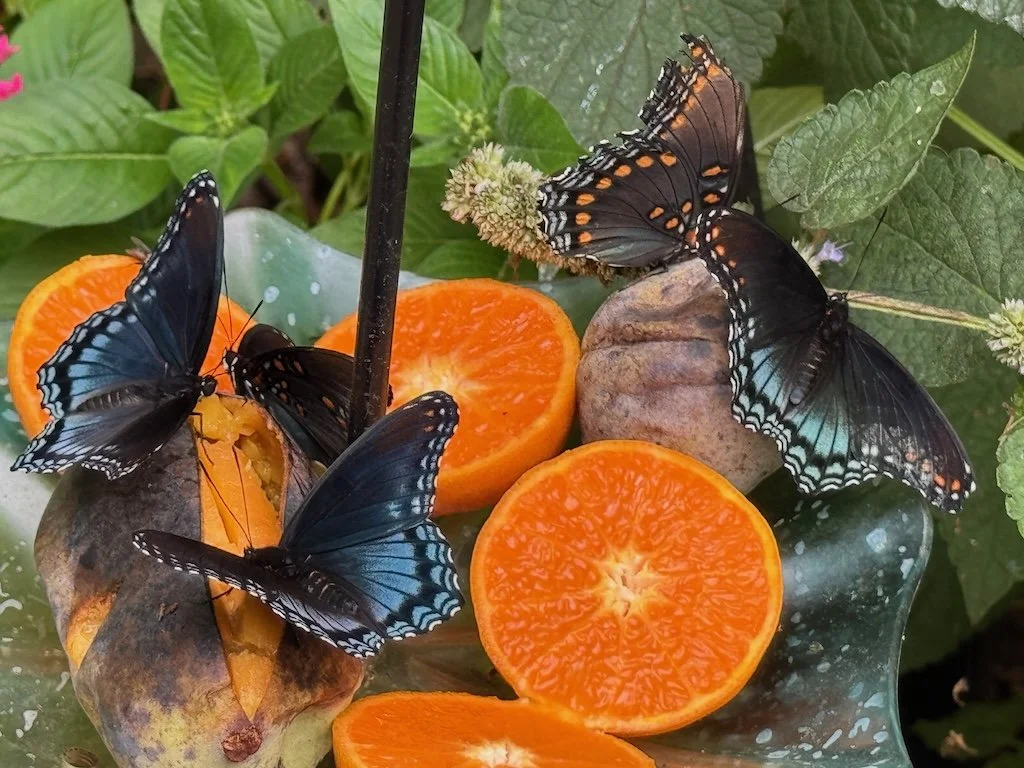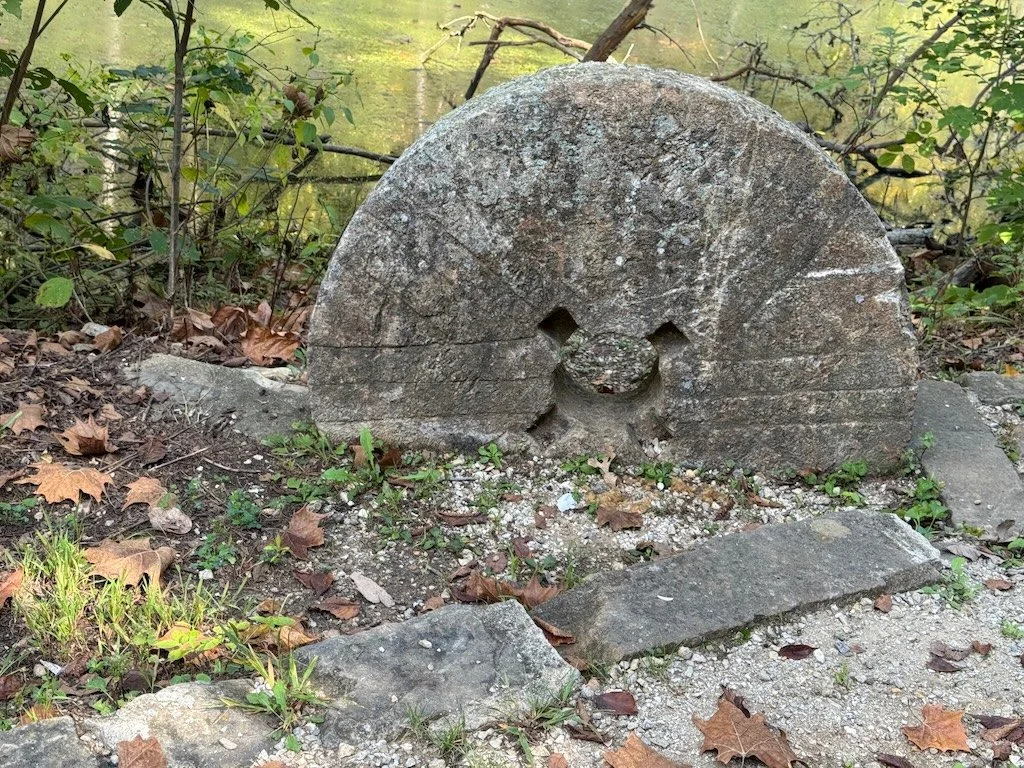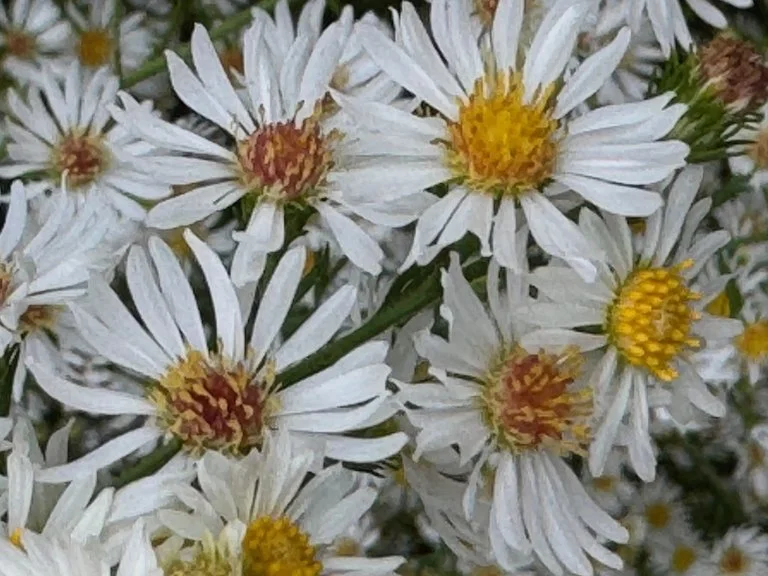Pokeweed Truce
/Pokeweed is a native plant…but it grows too readily and easily becomes a nuisance. In previous years, I have pulled it, cut it, and dug out its roots. This year was a truce year and I anticipate that next year there will be peace! My strategy this year was to let is grow if it came up in my backyard…and was not in the way. It came up in lots of places – probably planted by birds (they eat the purple berries and then poop out the seeds):
Near a rose bush. The plant is growing at the edge of a flower bed that has landscaping cloth with rock on top; it roots probably found the edge of the cloth and have gone deeper into the soil. It’s better than having something with thorns (like the rose bush) hanging over the patio.
At the edge of my wildflower garden. The plants shaded some of the garden when it is very hot….made it easier to keep the soil from completely drying out. The pokeweed never got very high but produced a lot of berries.
Under my largest pine. I didn’t realize that pokeweed leaves turn red in the fall. The stems are a beautiful magenta all summer long. The pine tree had the lower branches trimmed earlier in the year and the pokeweed grew up through the bed of pine needles and filled in the space underneath but not growing up into the pine branches, preserving the privacy of the yard. Lots of berries for the birds this fall.
Towering over/leaning on a bush (very tall and gangly). Half of the plant was blown over in July. I probaby should have cut the rest down but I wanted to see what it would do. It stayed mostly upright although some branches are draped over the bush. I liked the green, magenta, and purple colors with the duller reddish color of the bush in the background.
In the mound where a pine had to be removed. Hopefully the other native plants that I’ve added to the mound will take over next year. For this year, the pokeweed is protecting the young plants…a good thing. Maybe the birds have already started eating the purple berries.
Under the smaller pine with branches lower to the ground. I am encouraged enough about how the pokeweed fills in that I will probably trim off the lower branches of the tree next spring.
In a flower bed at the corner of the house. There was a pokeweed growing in the same place last year between the hosta and violets. It is a ‘late bloomer’ and probably won’t have as many mature berries for the birds.
In a flower bed near our rhododendron. No berries at all because I tried to pull this one but must not have gotten all the roots….it looks very lush at this point but immature. It will be interesting to see if the leaves turn red at some point.
My strategy for next year will be to actively encourage the pokeweed under the 2 pines, cut or pull any that is getting tall enough to blow over easily (or comes up in the wrong place…which might include the mound where a pine tree was removed). I’ll probably have pokeweed in my yard going forward and consider it as a positive element of the landscaping.














